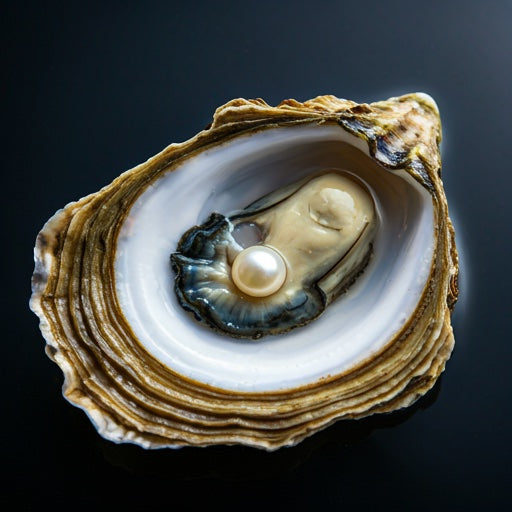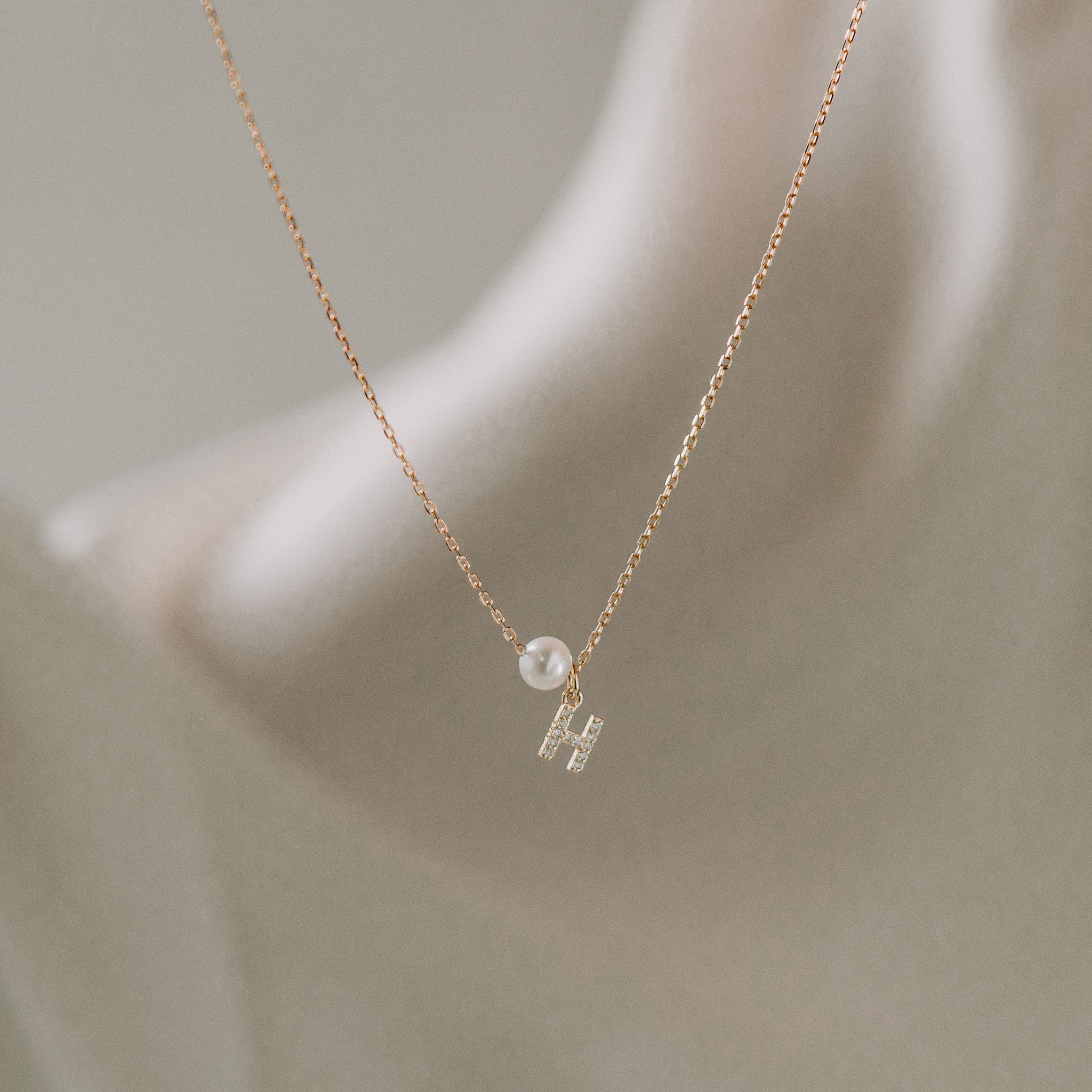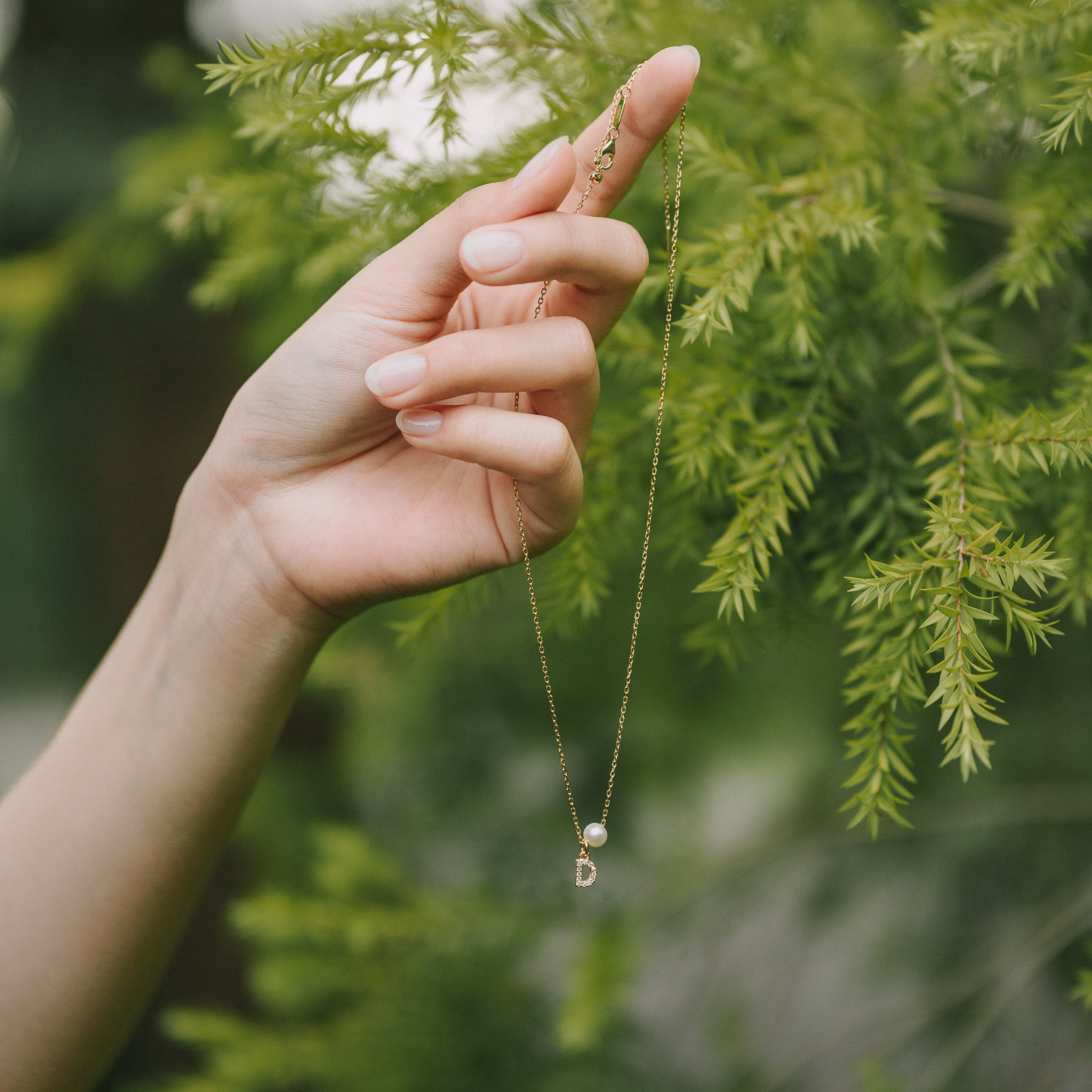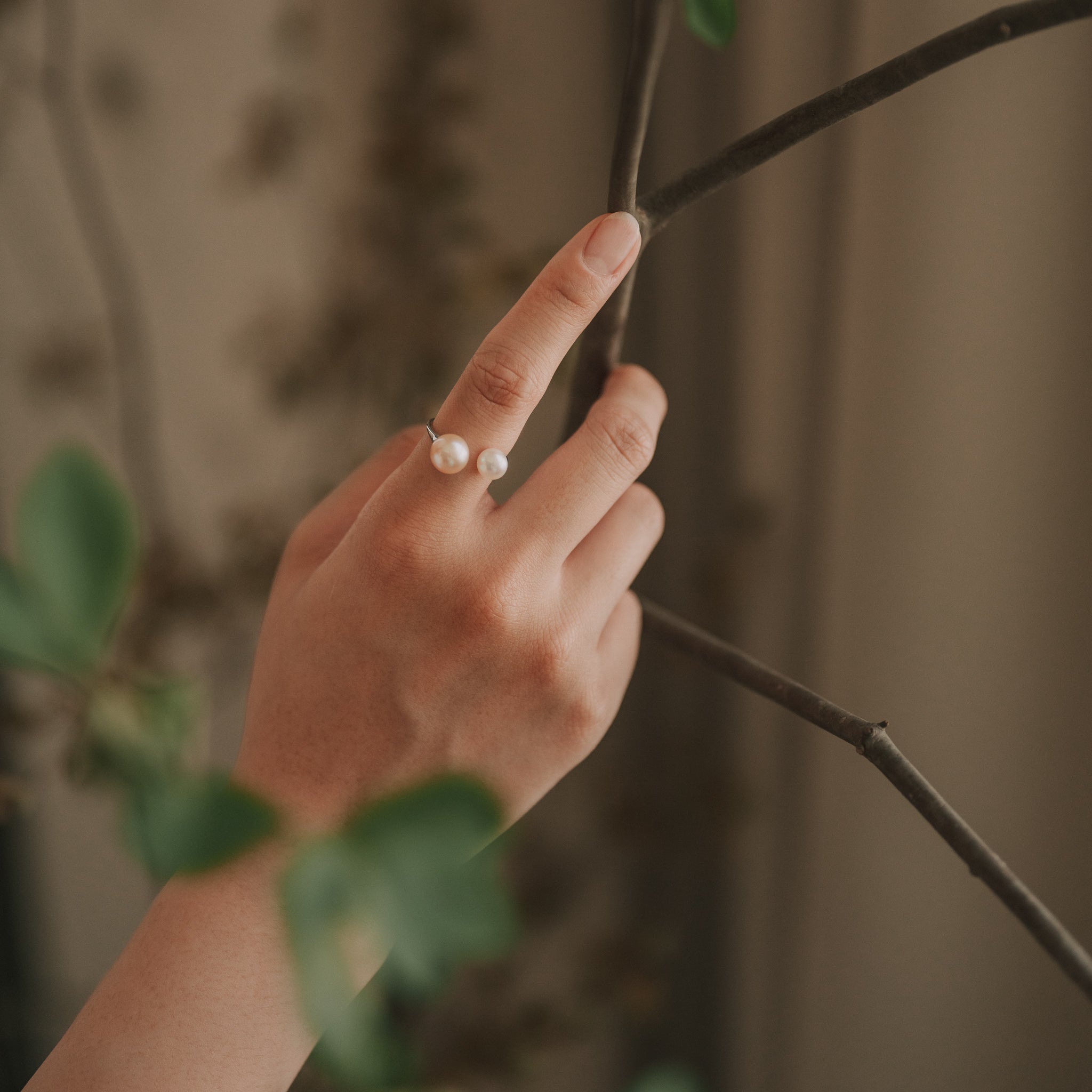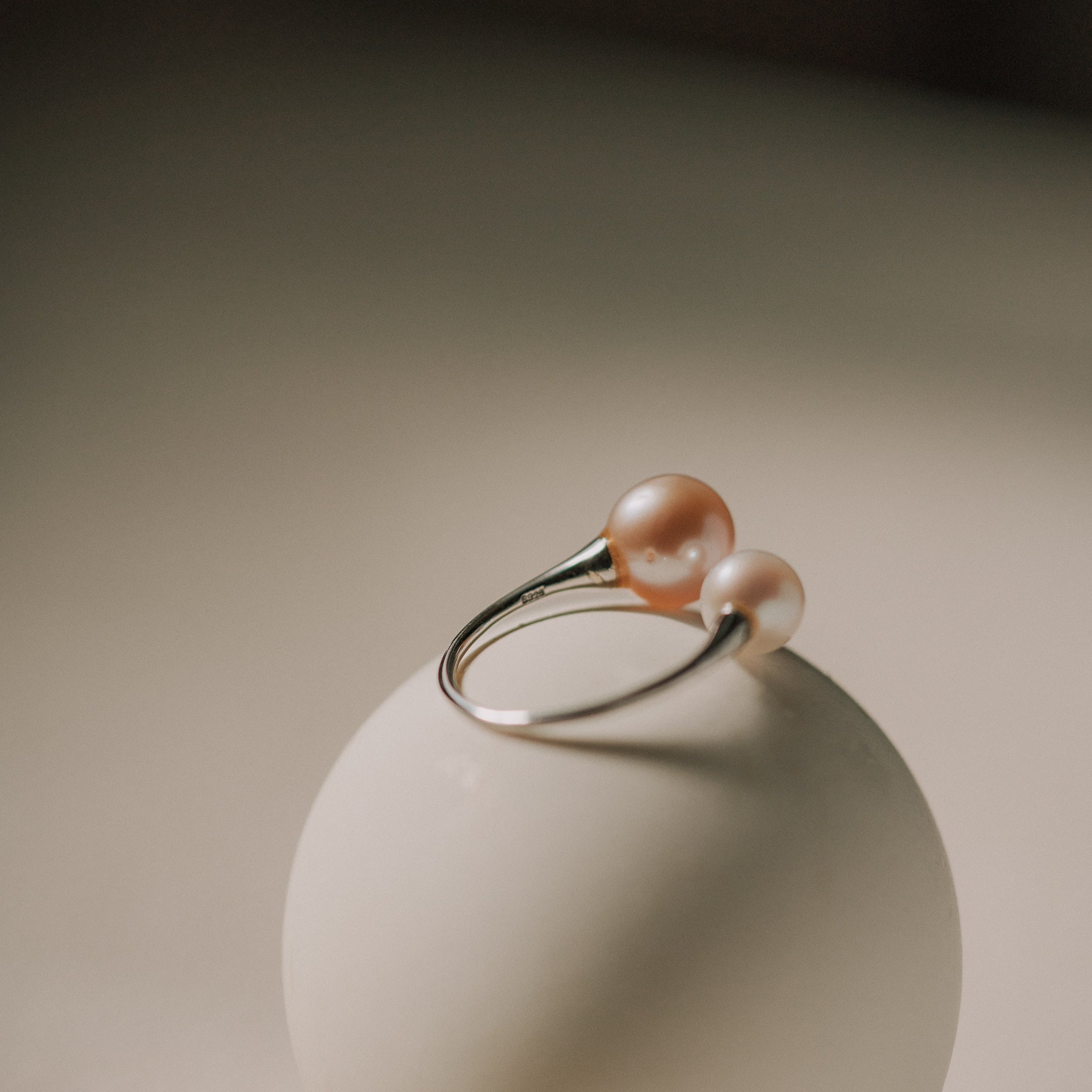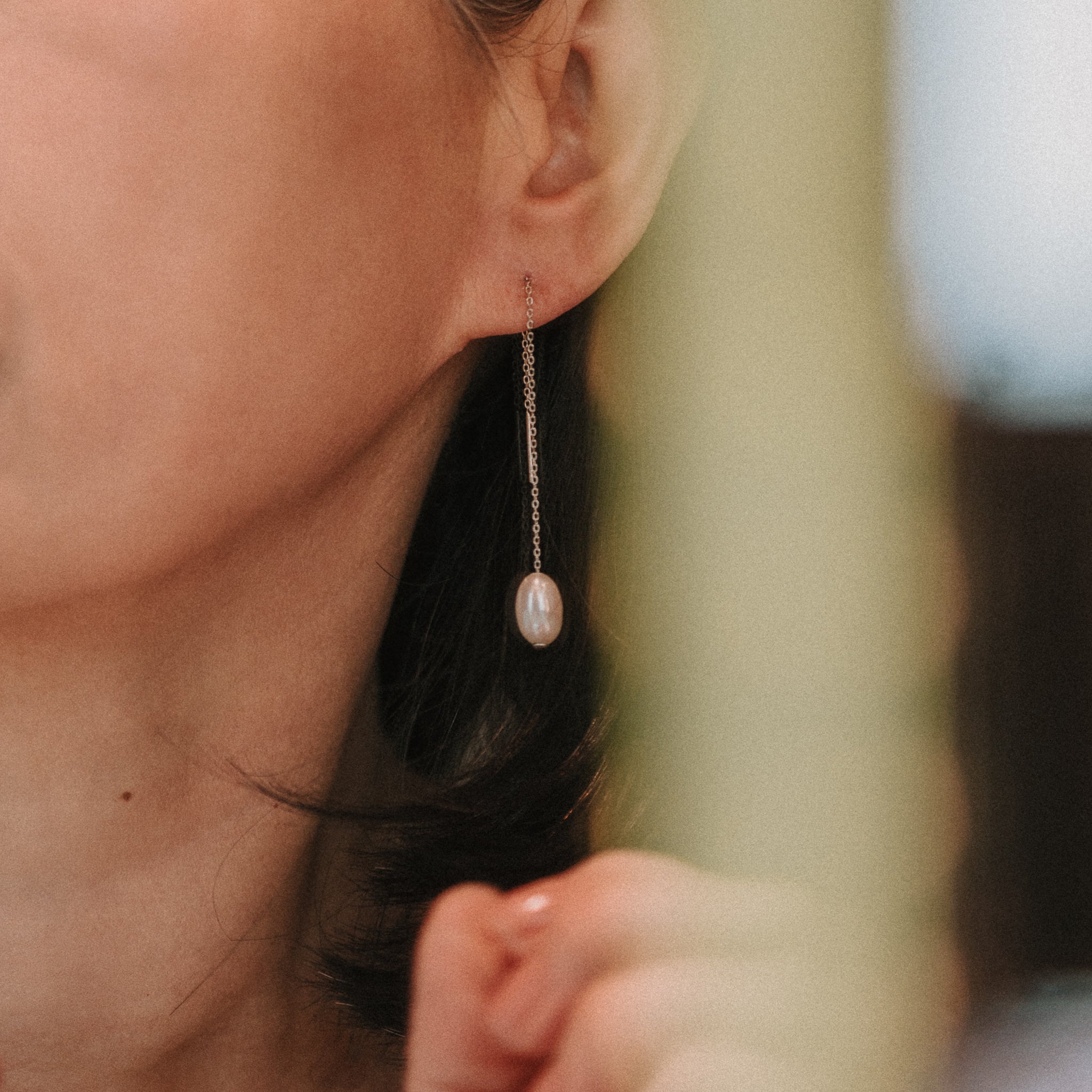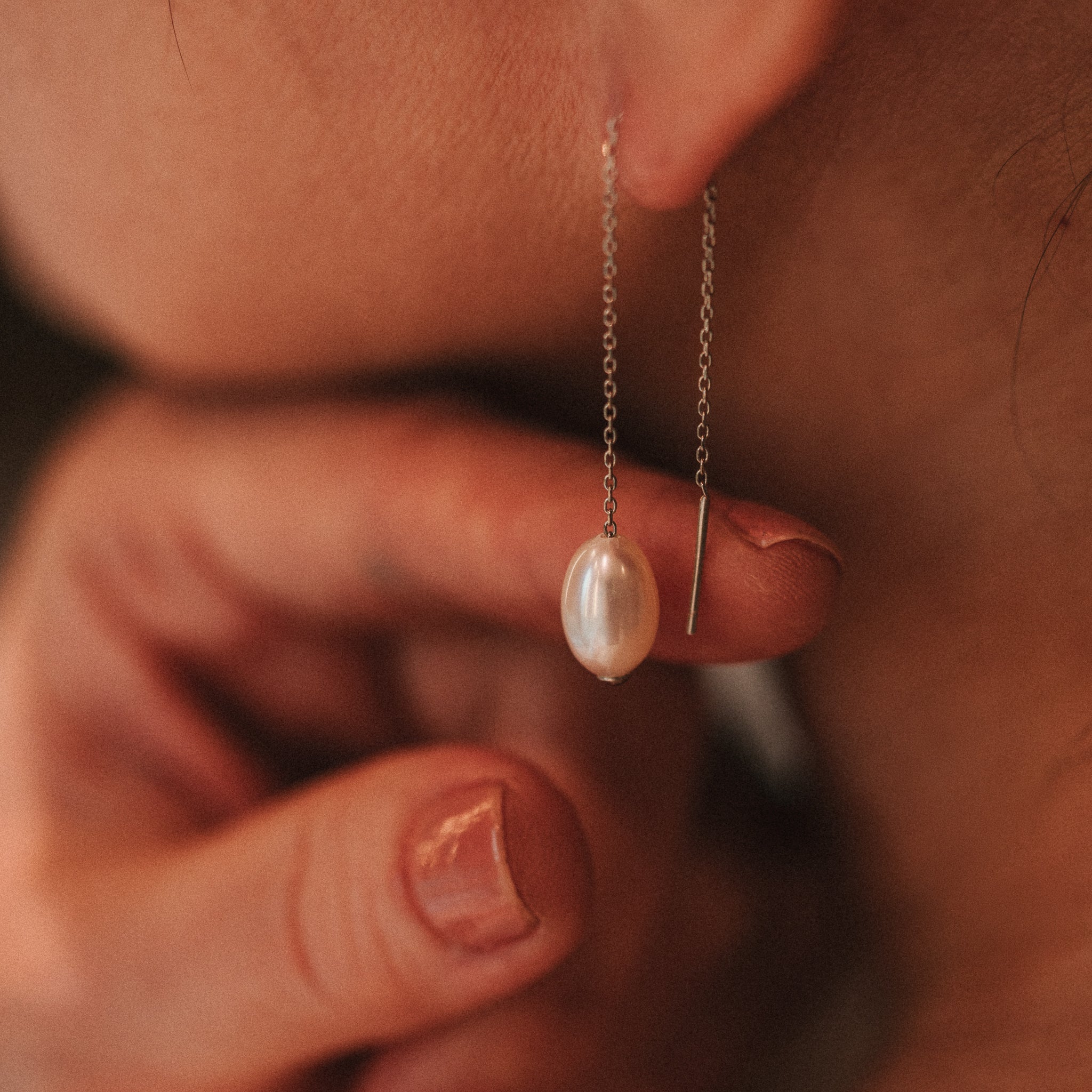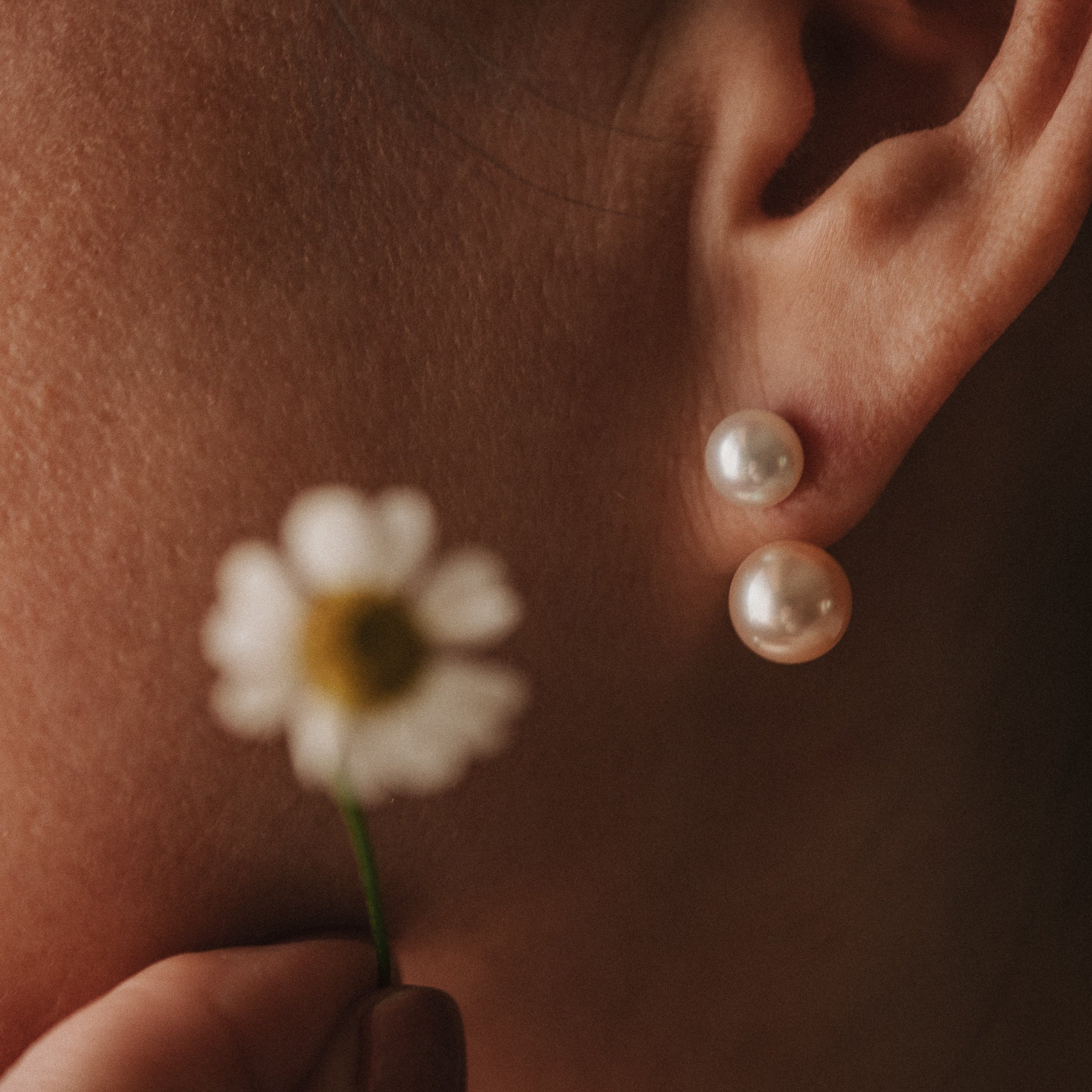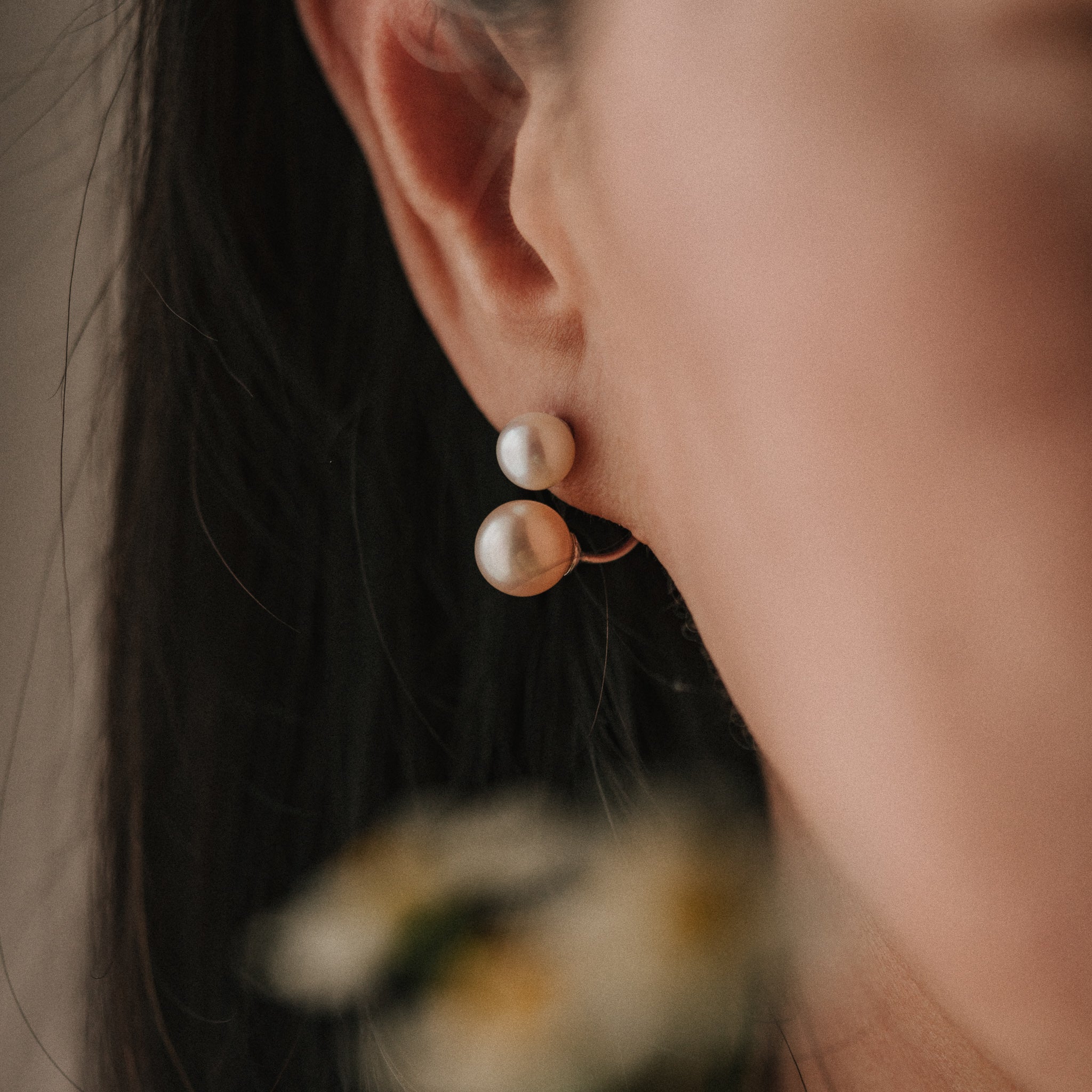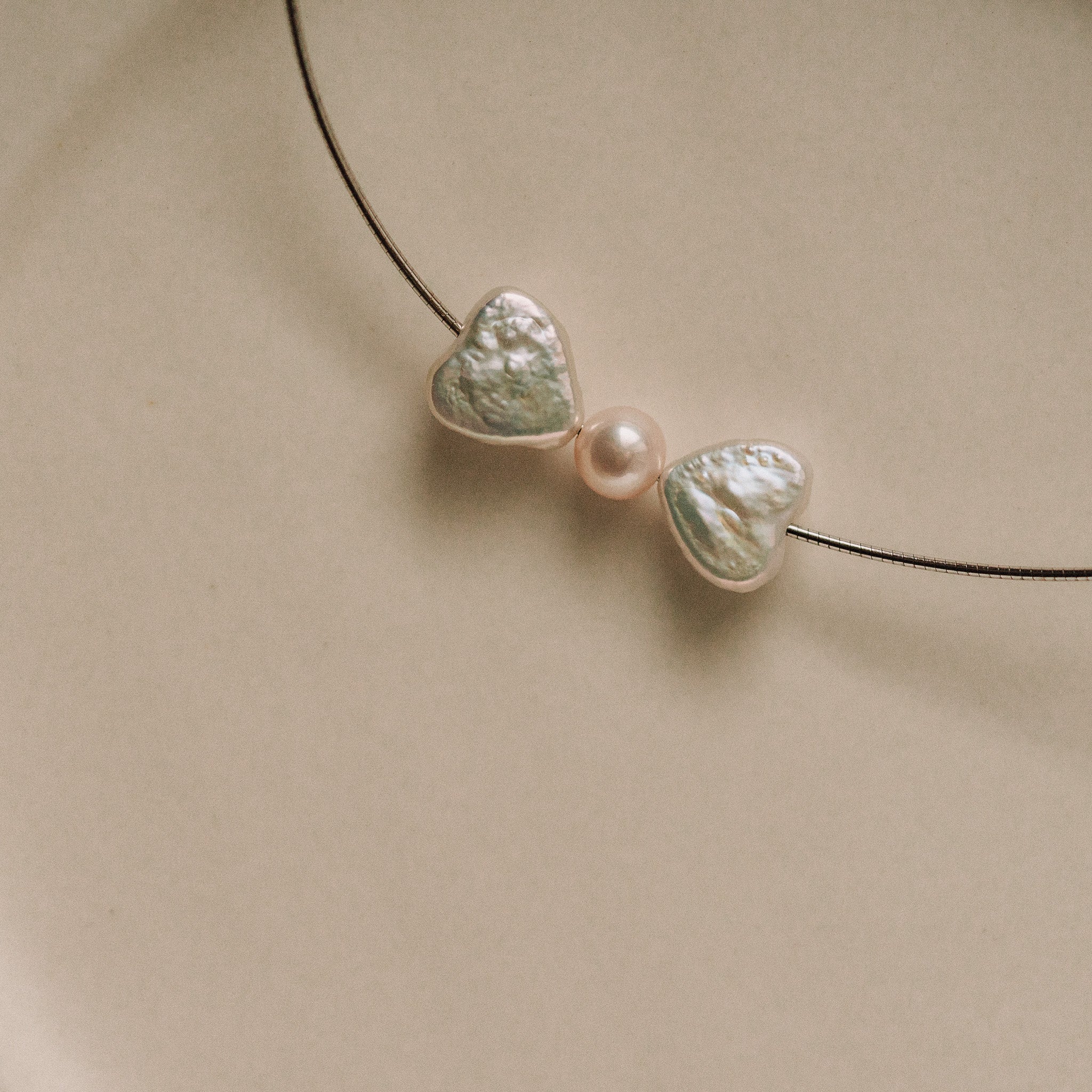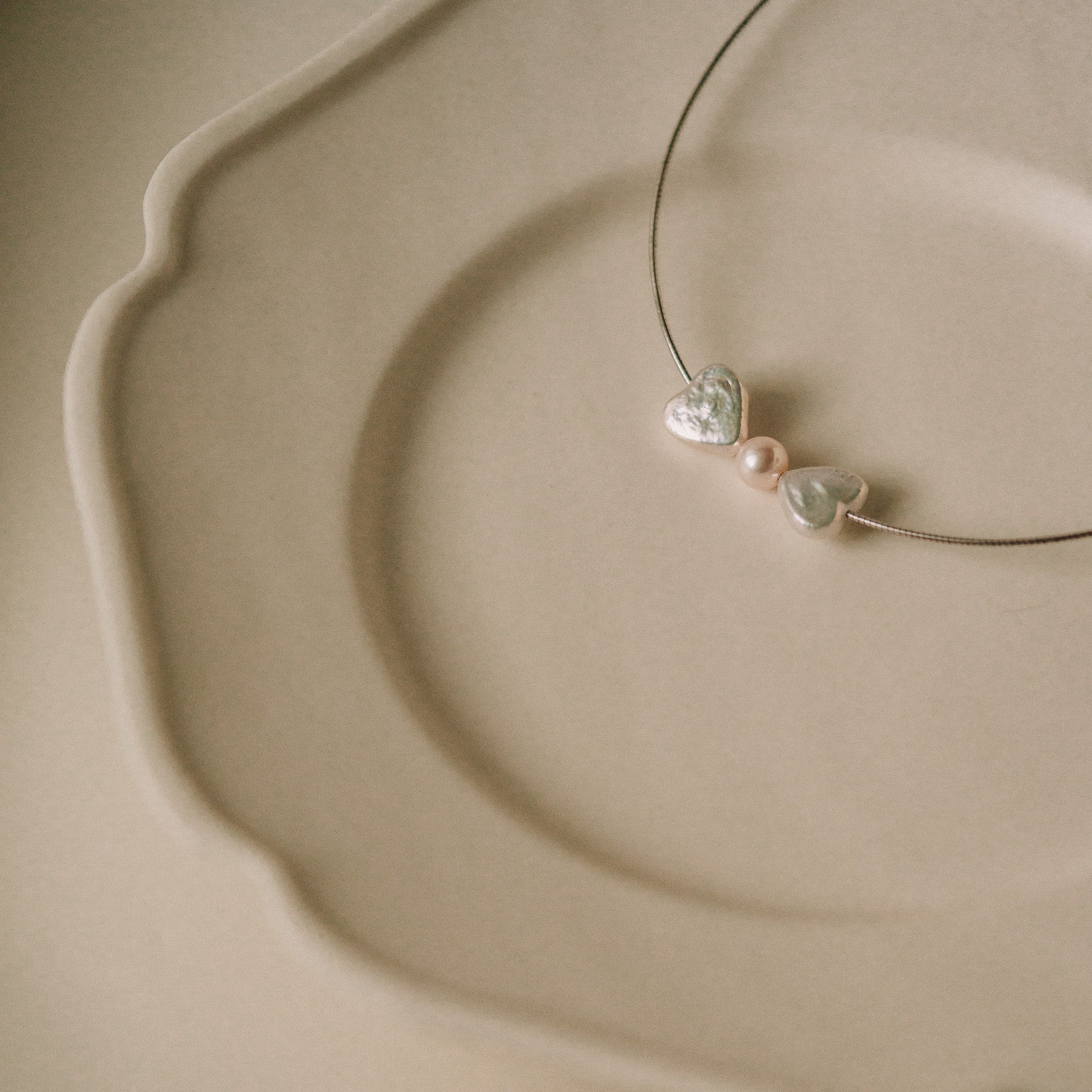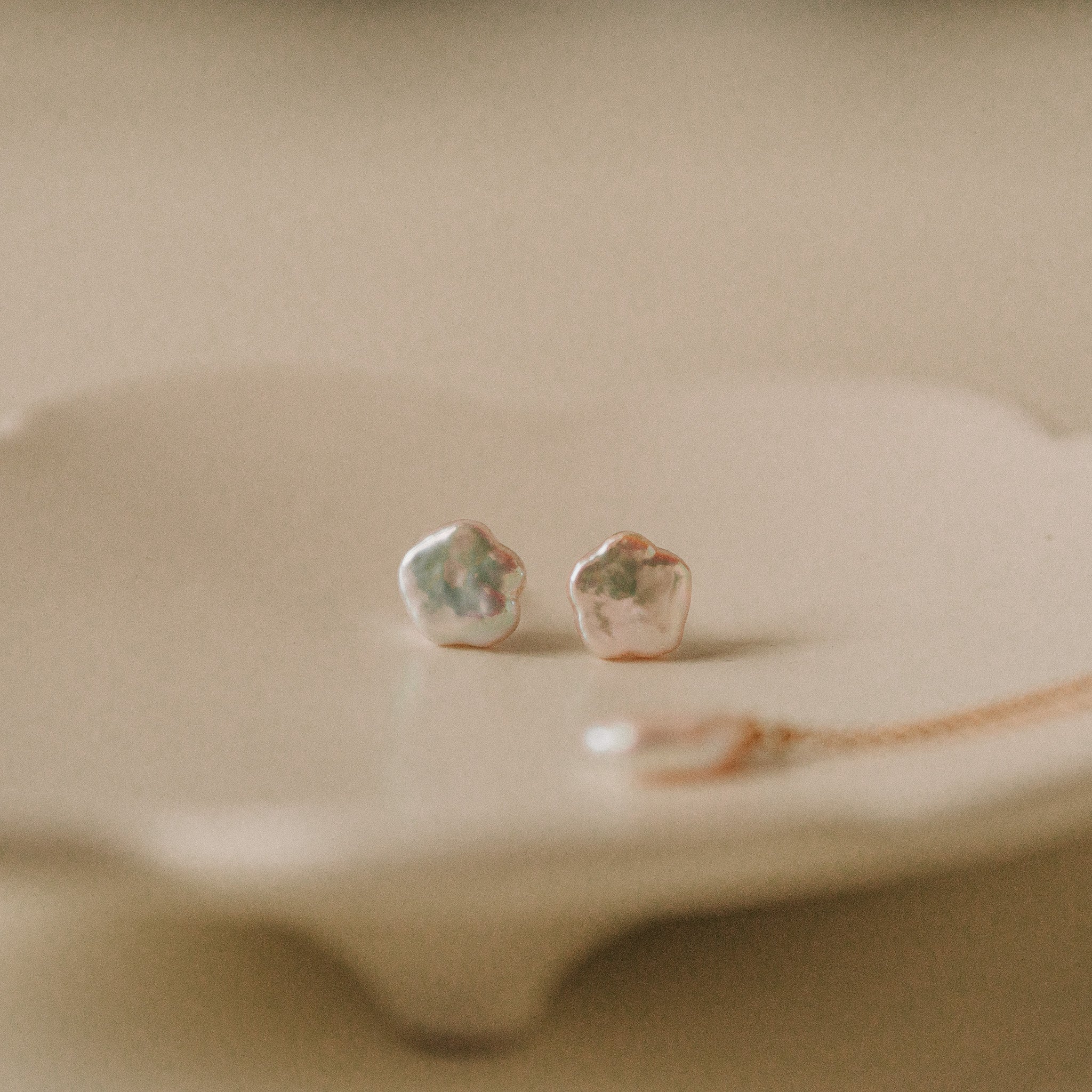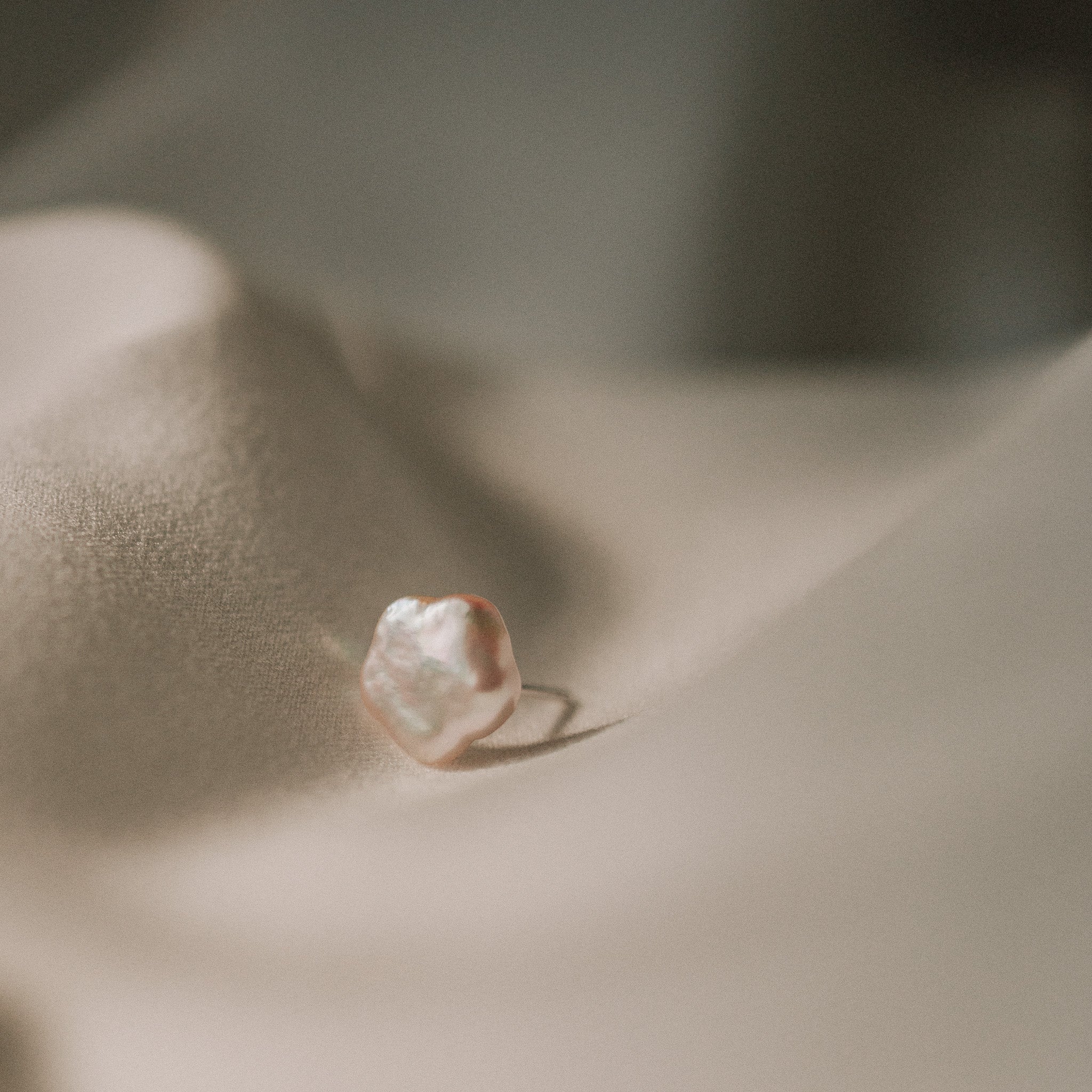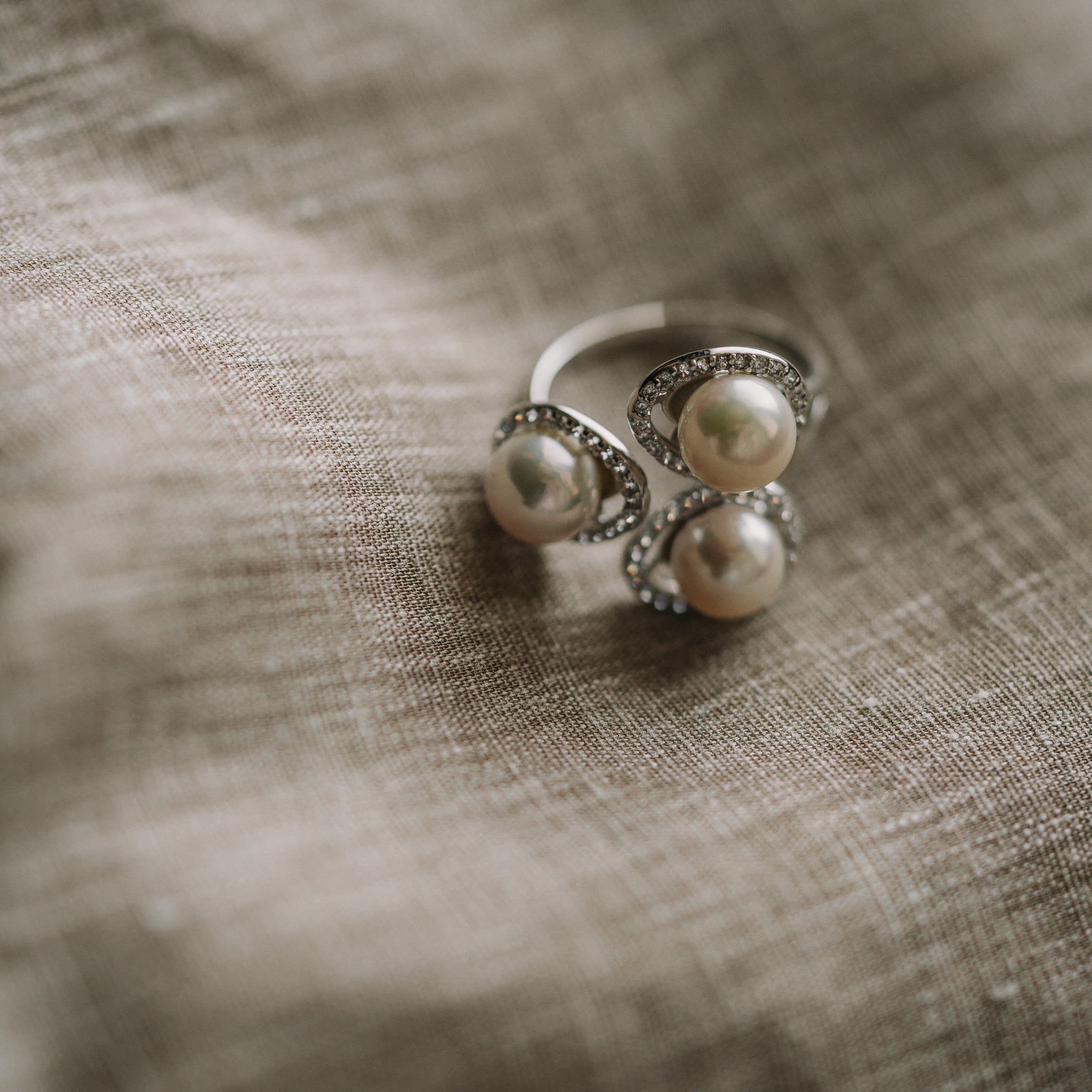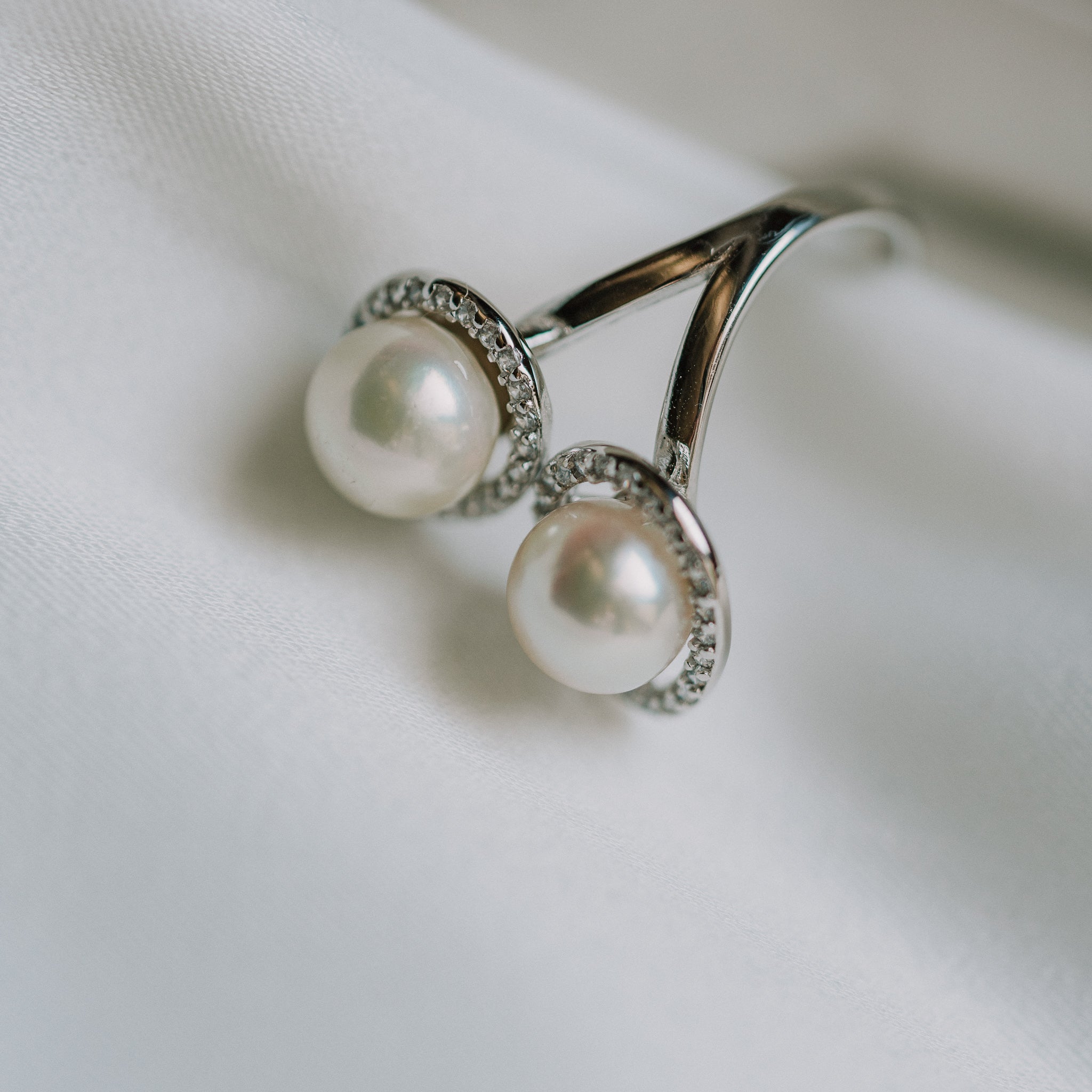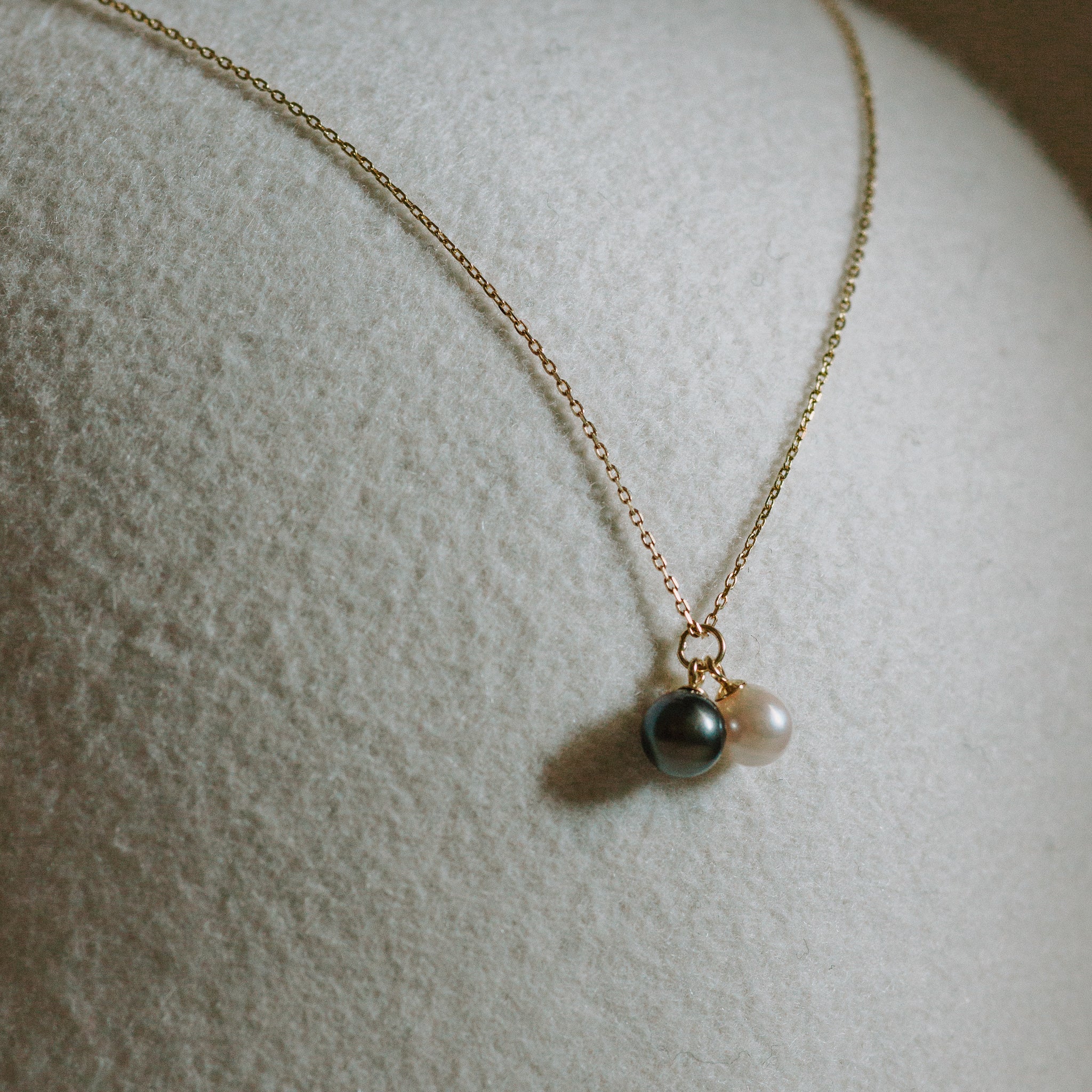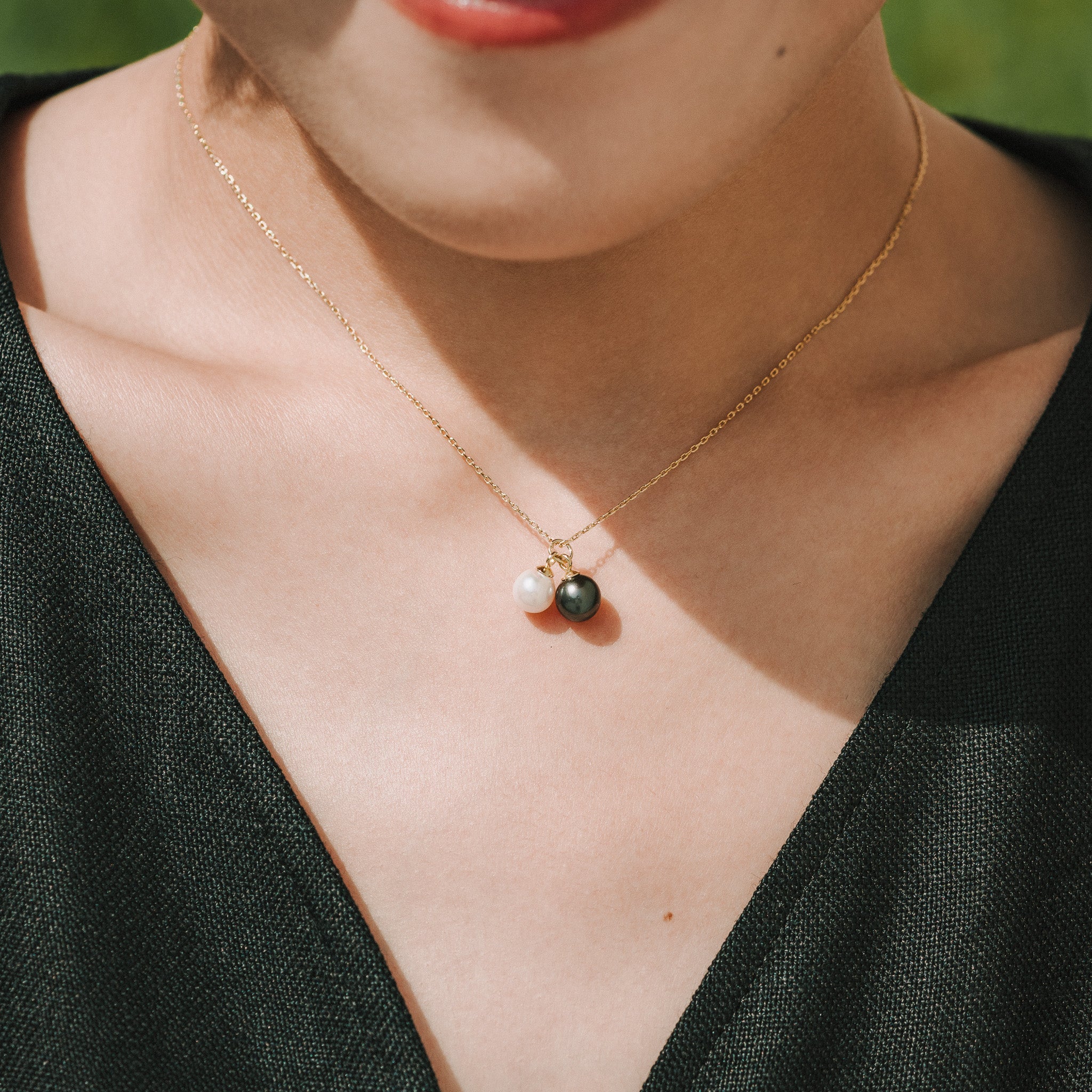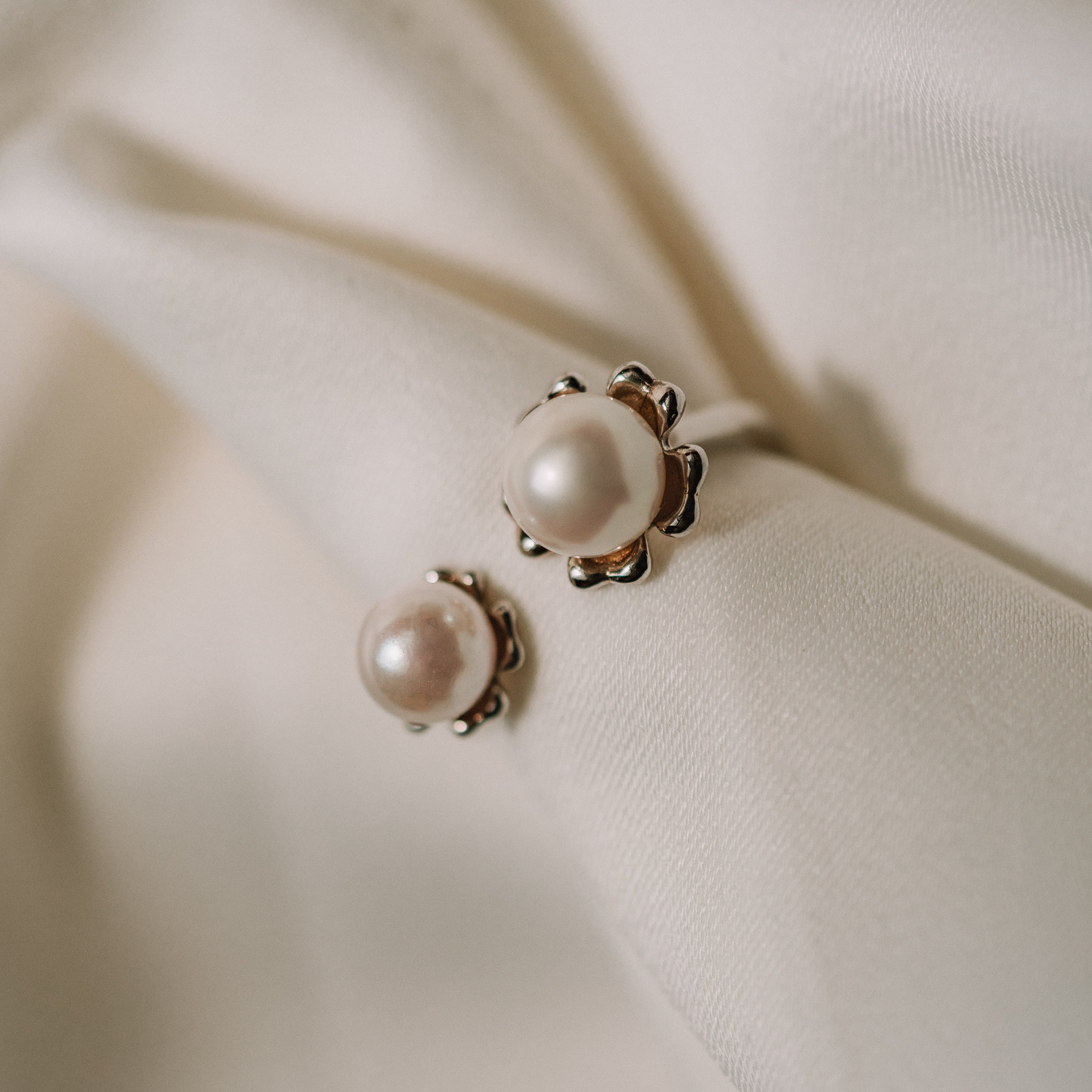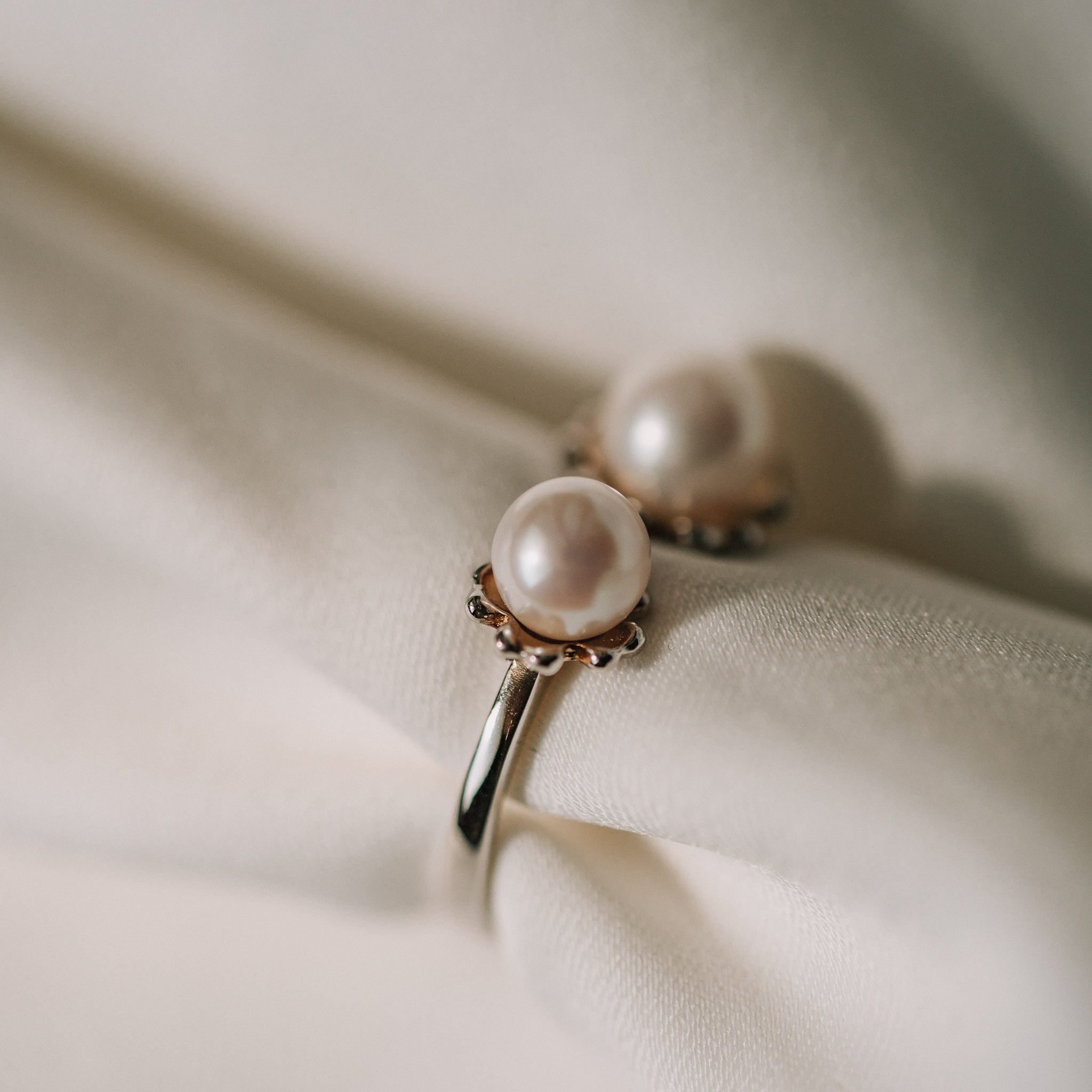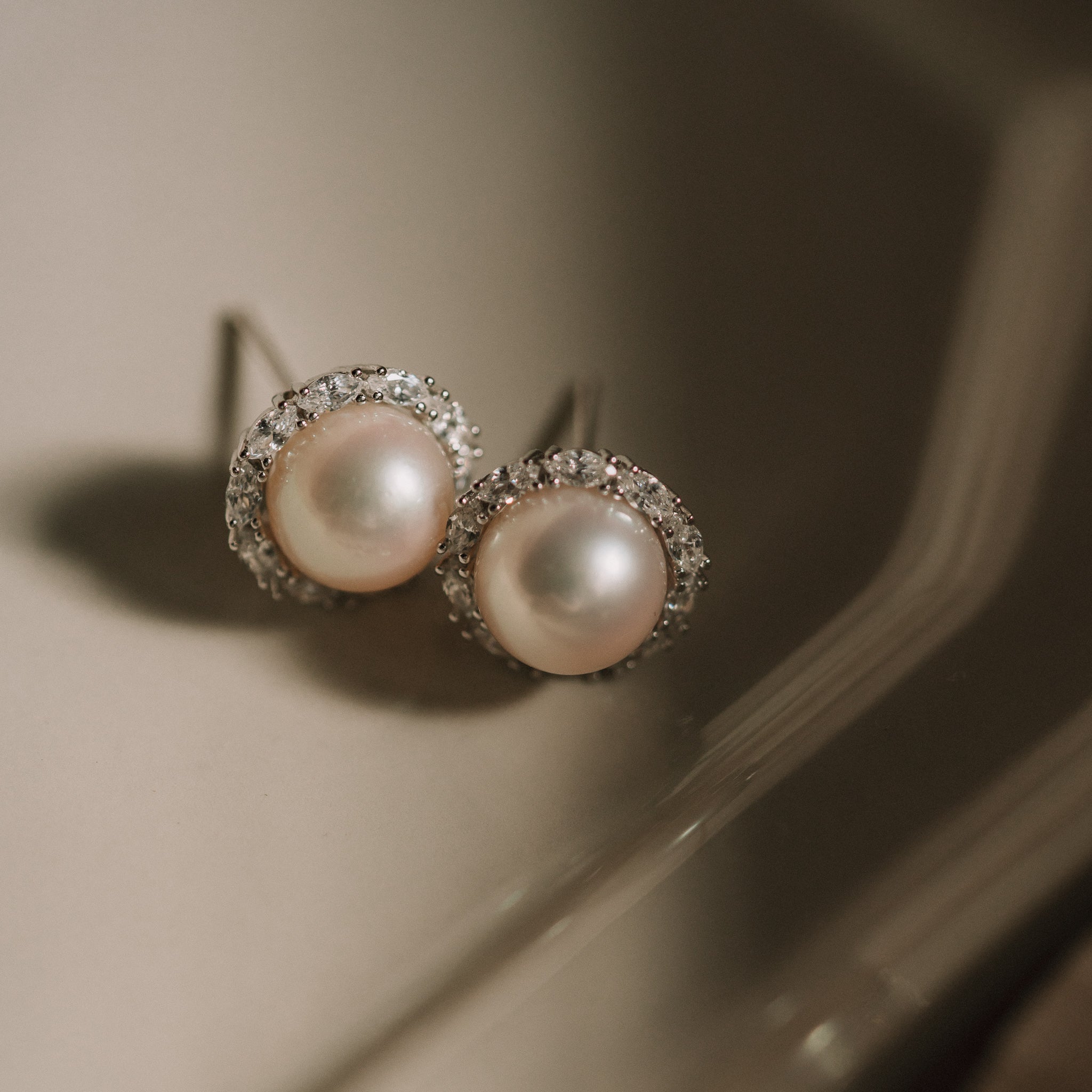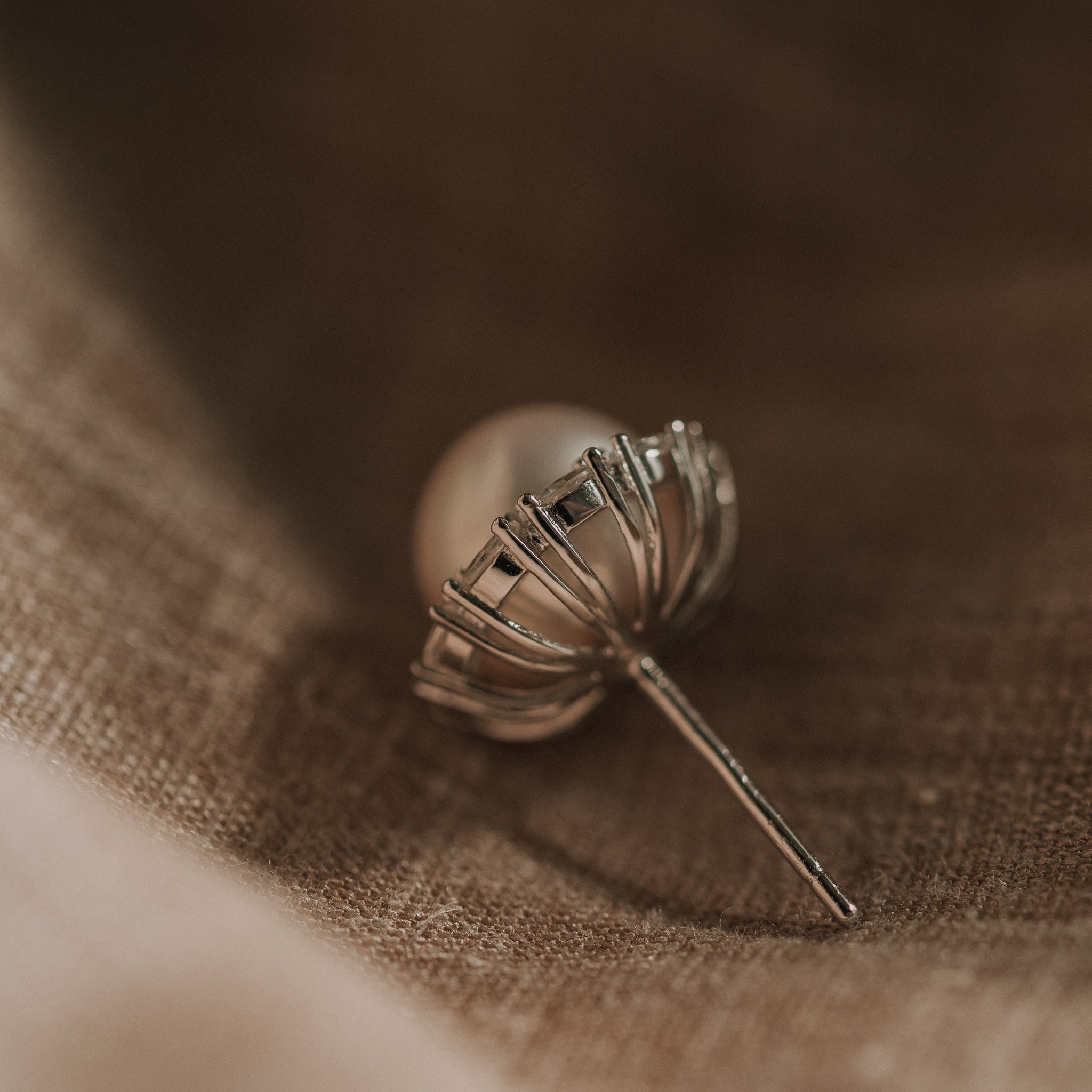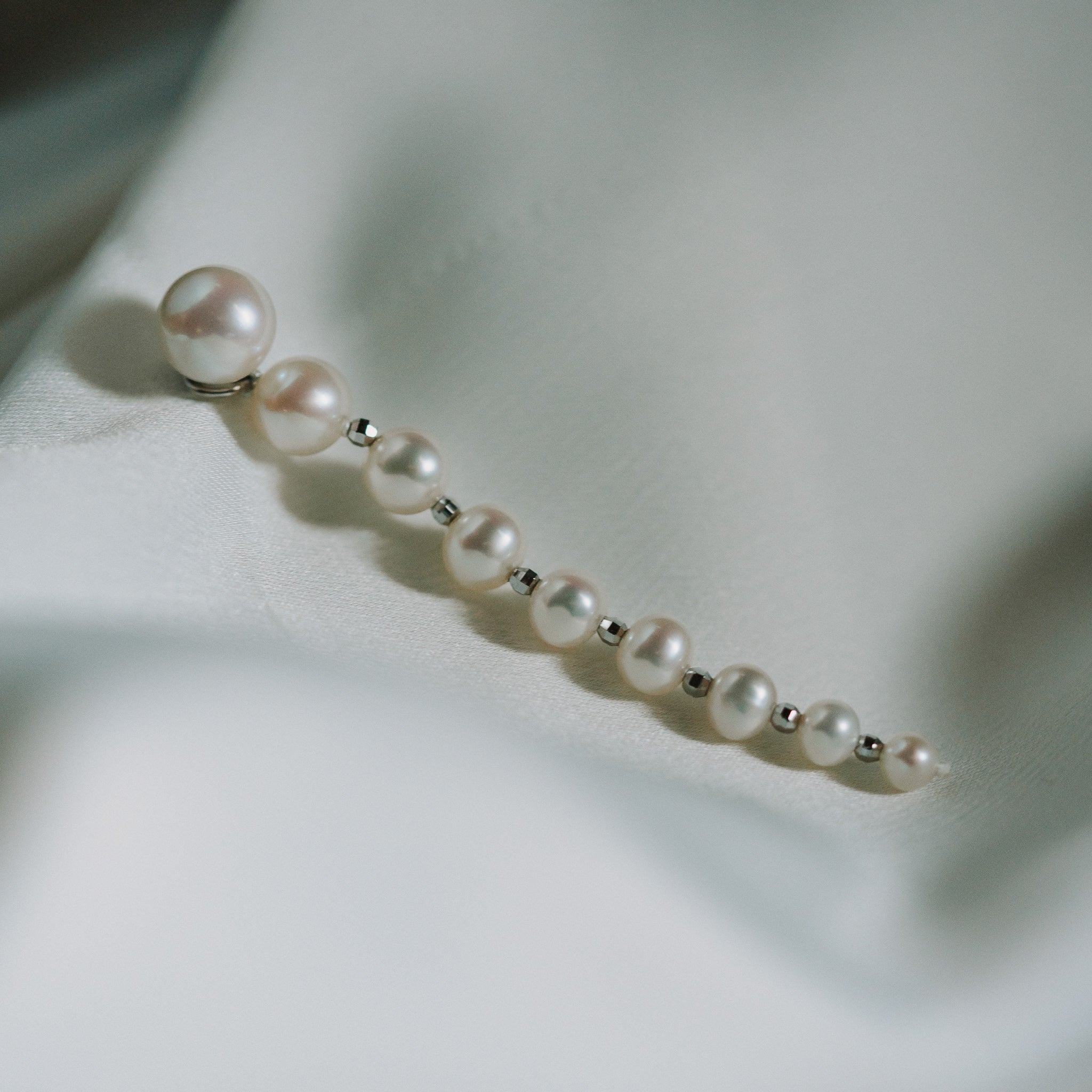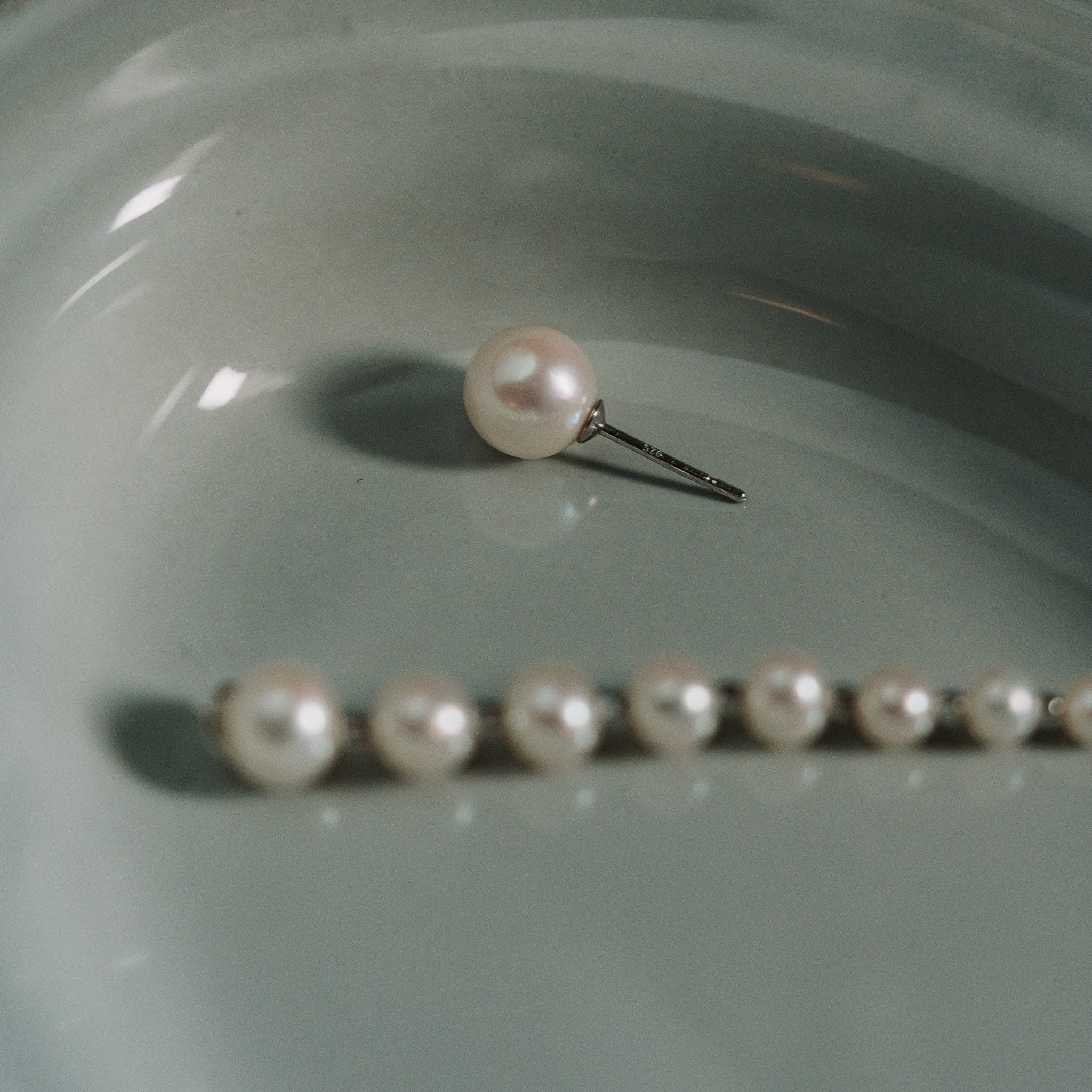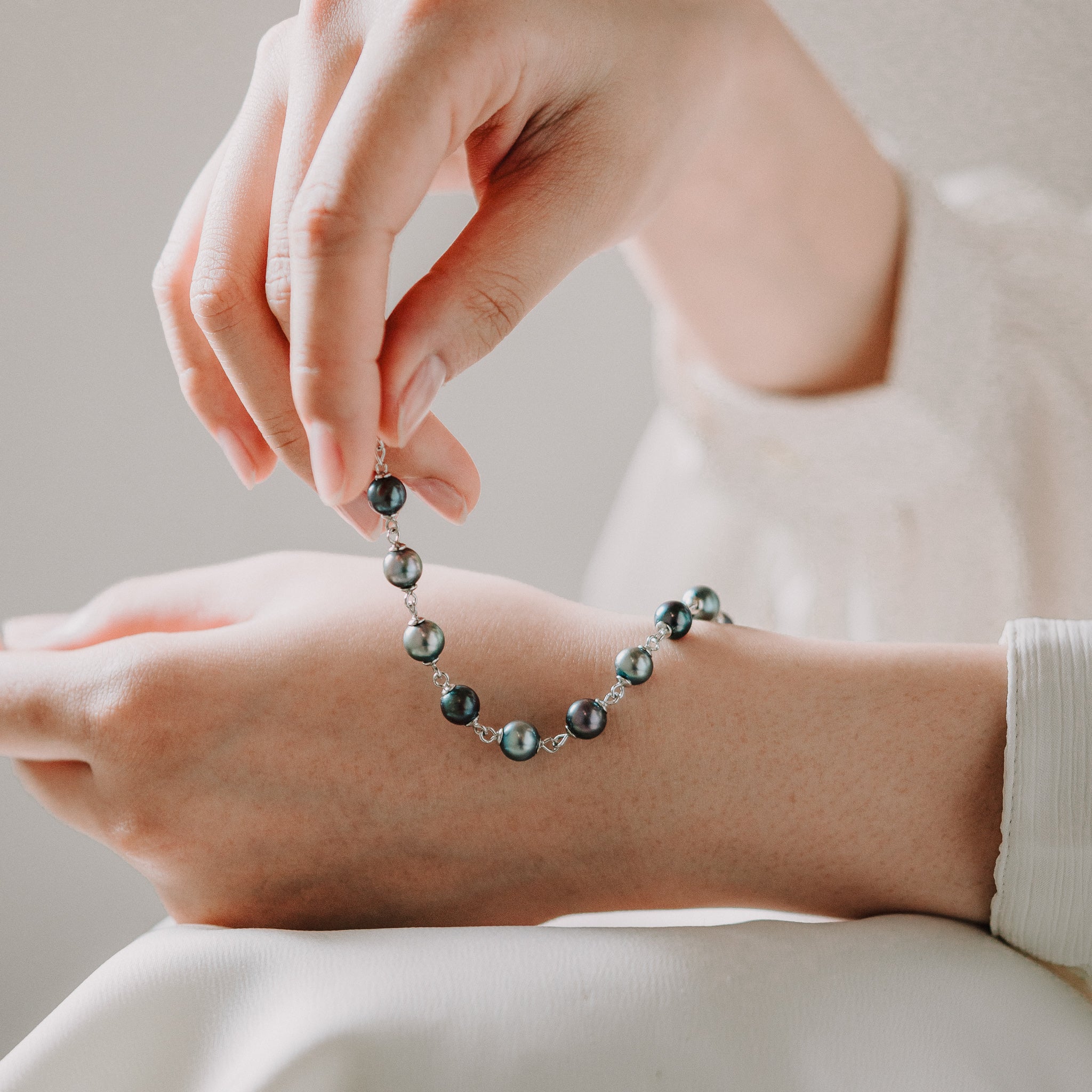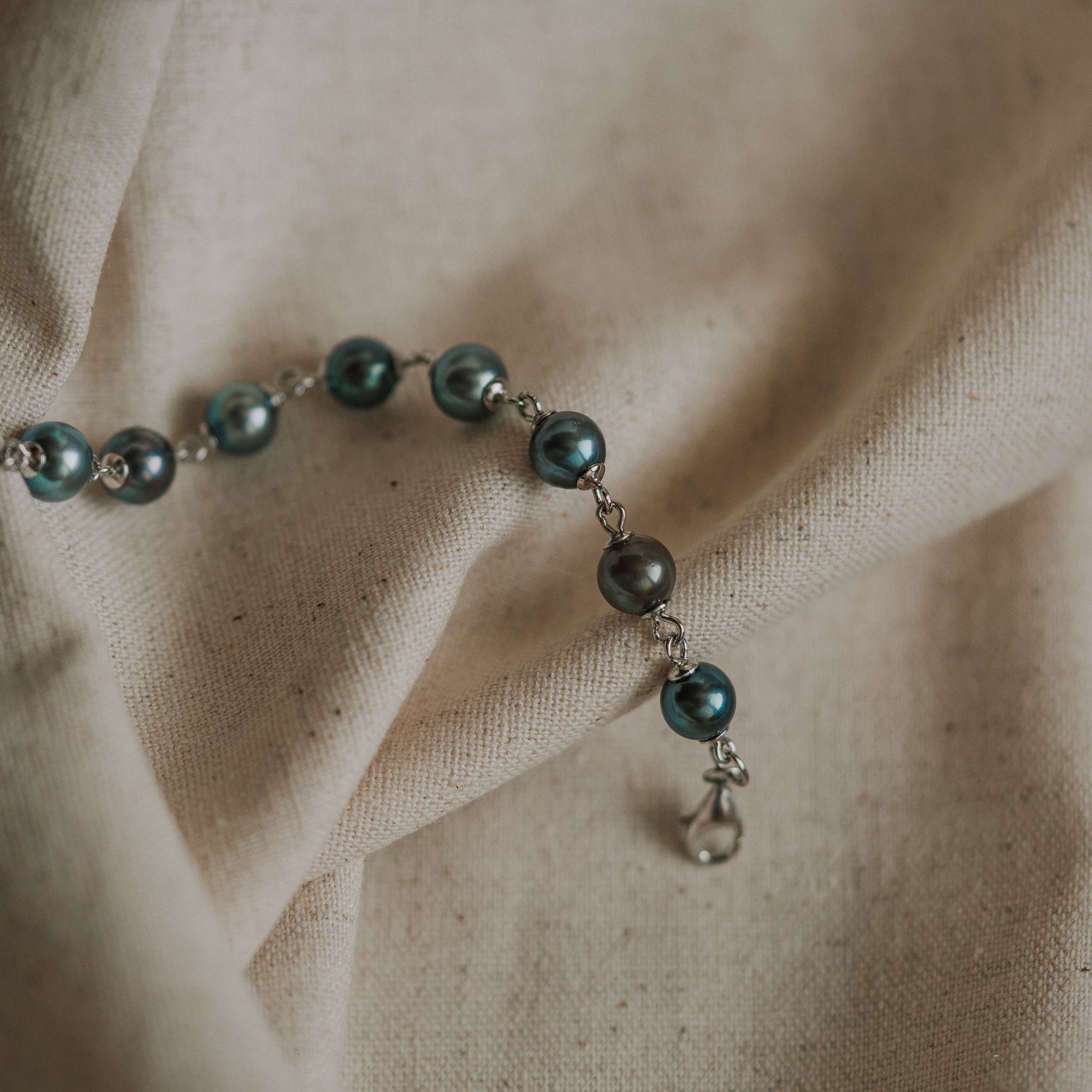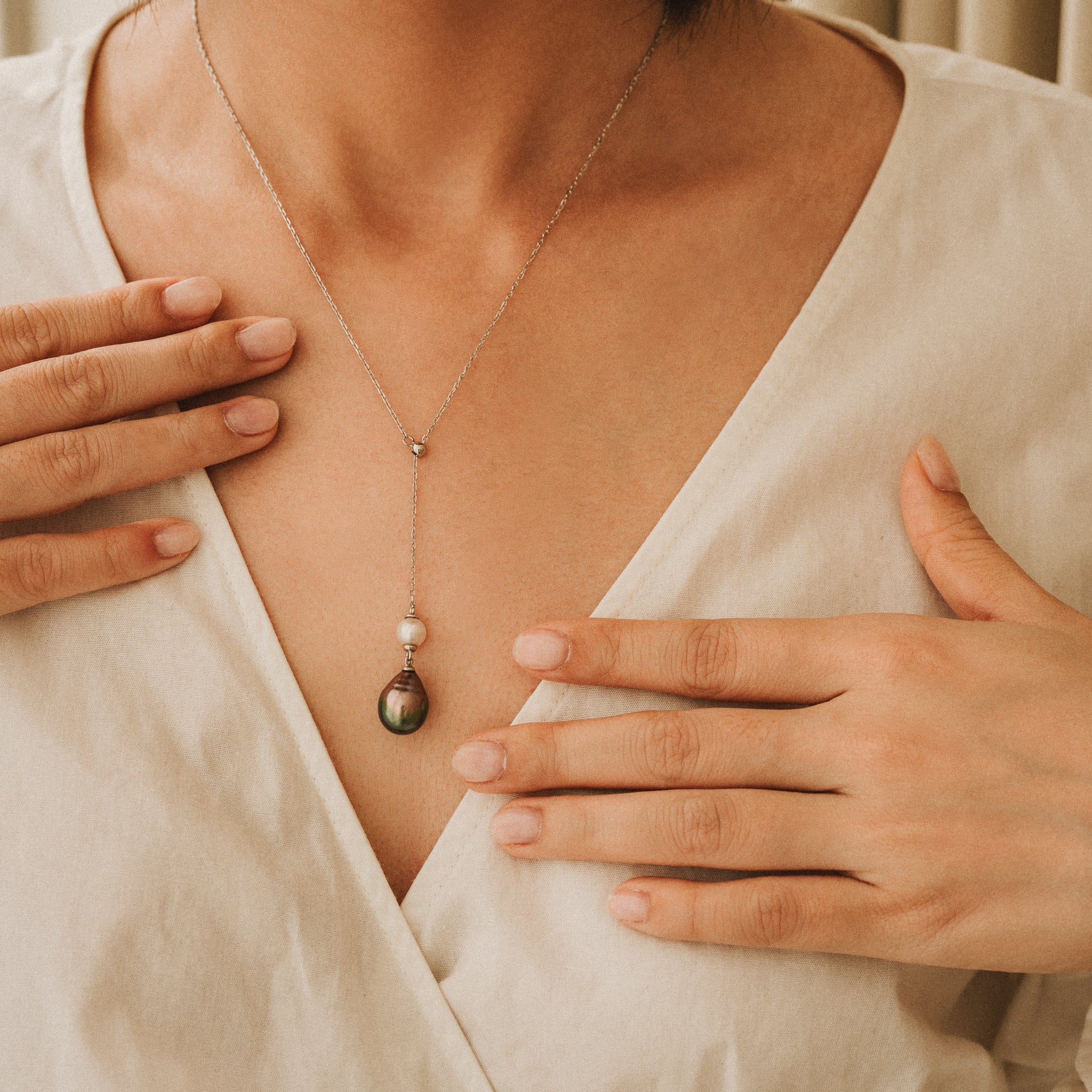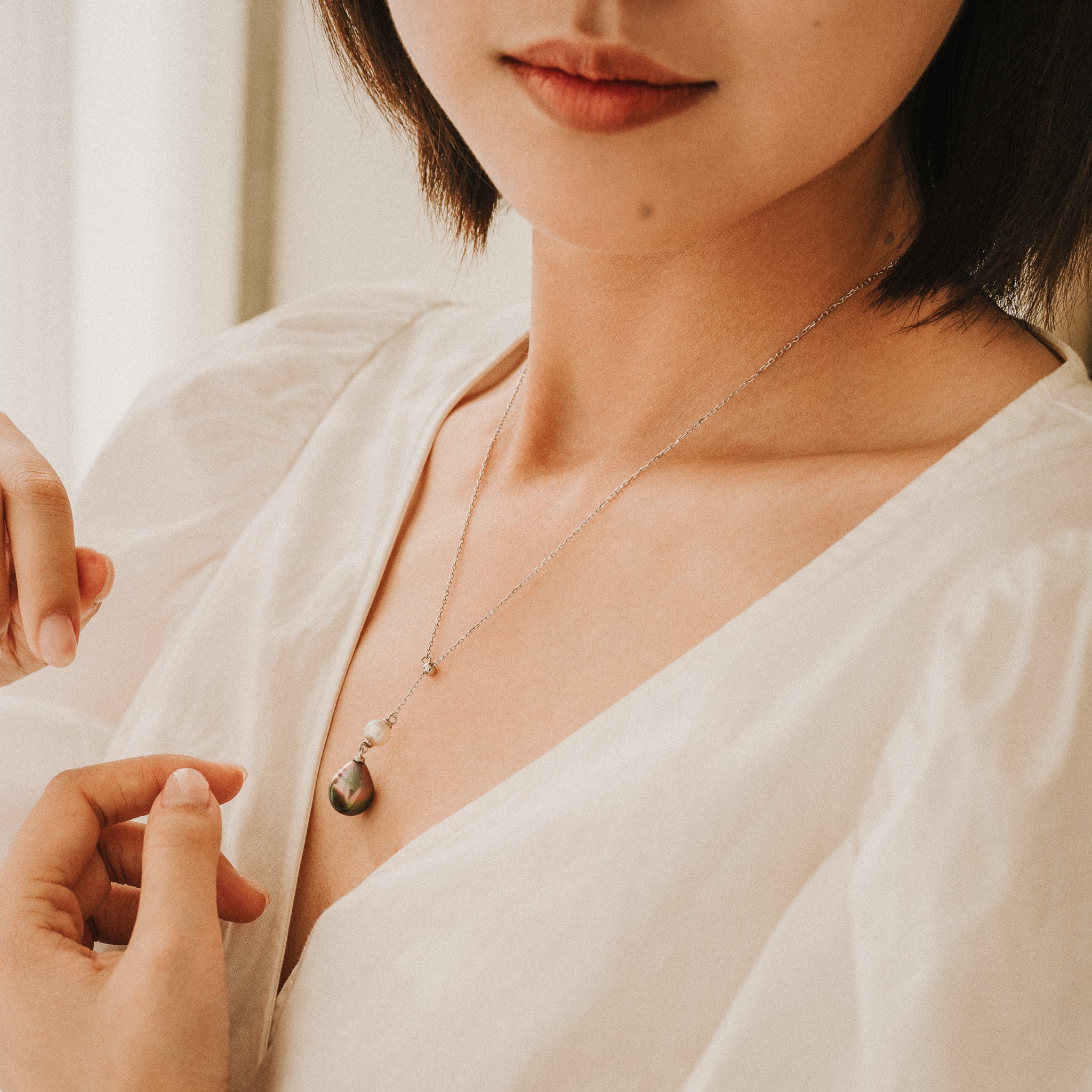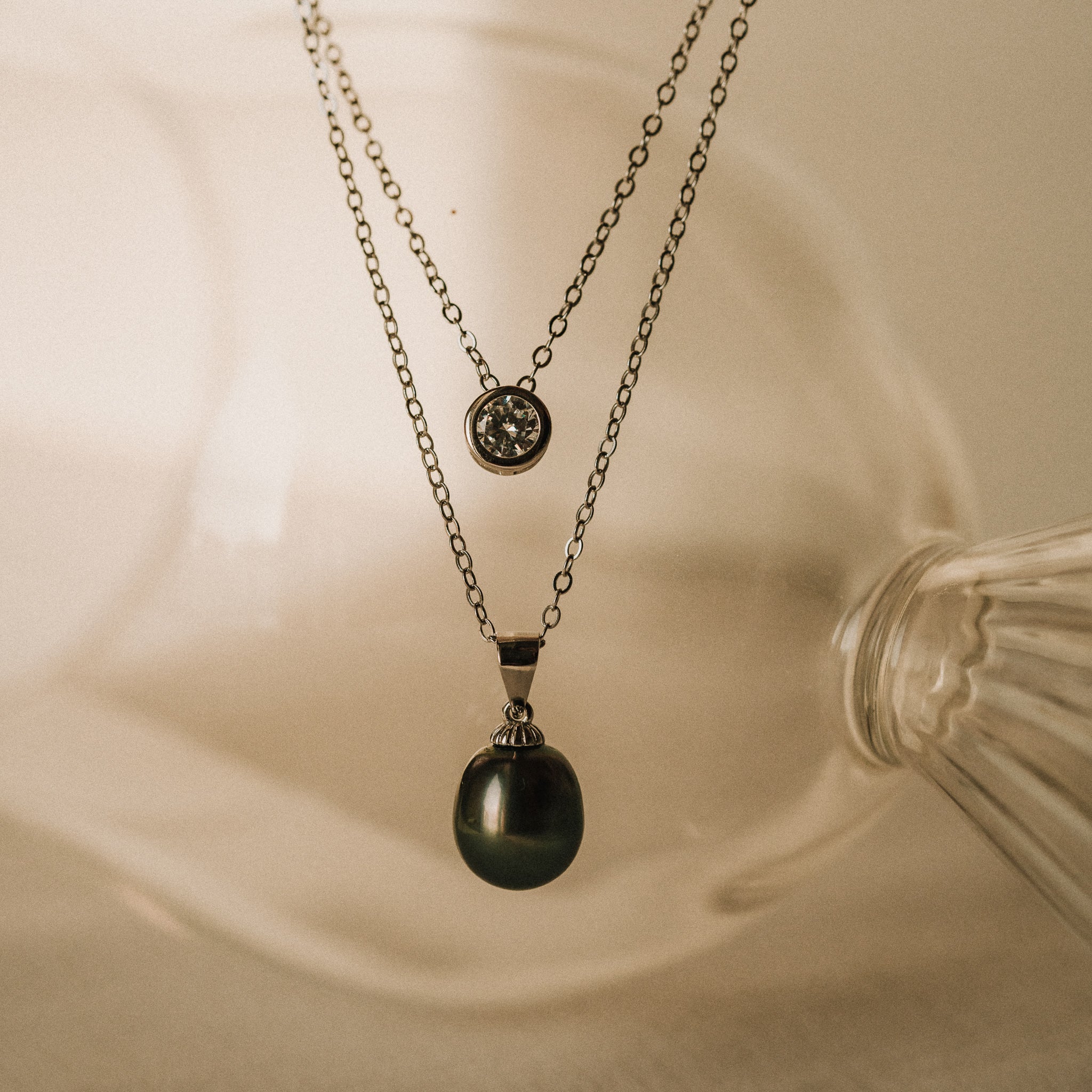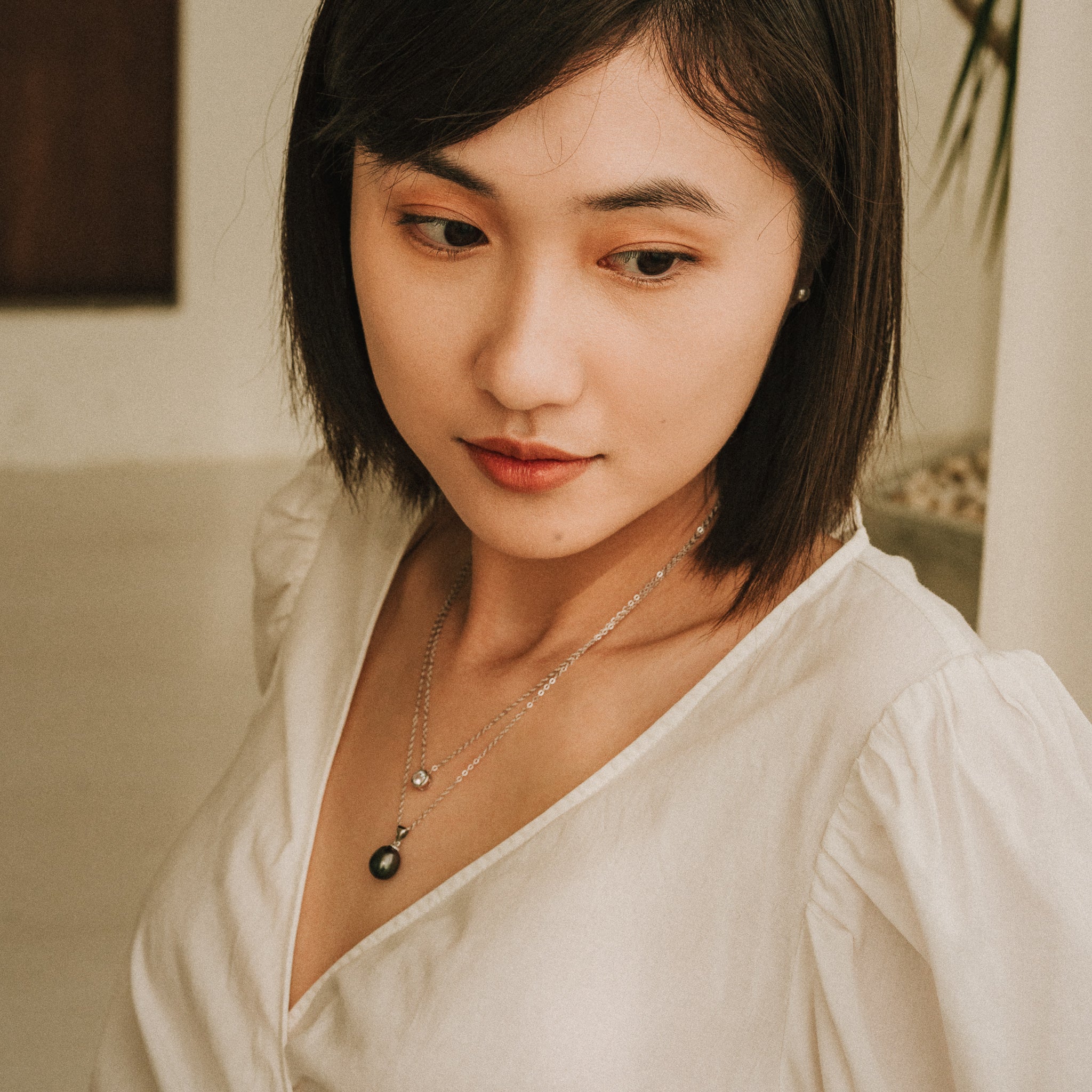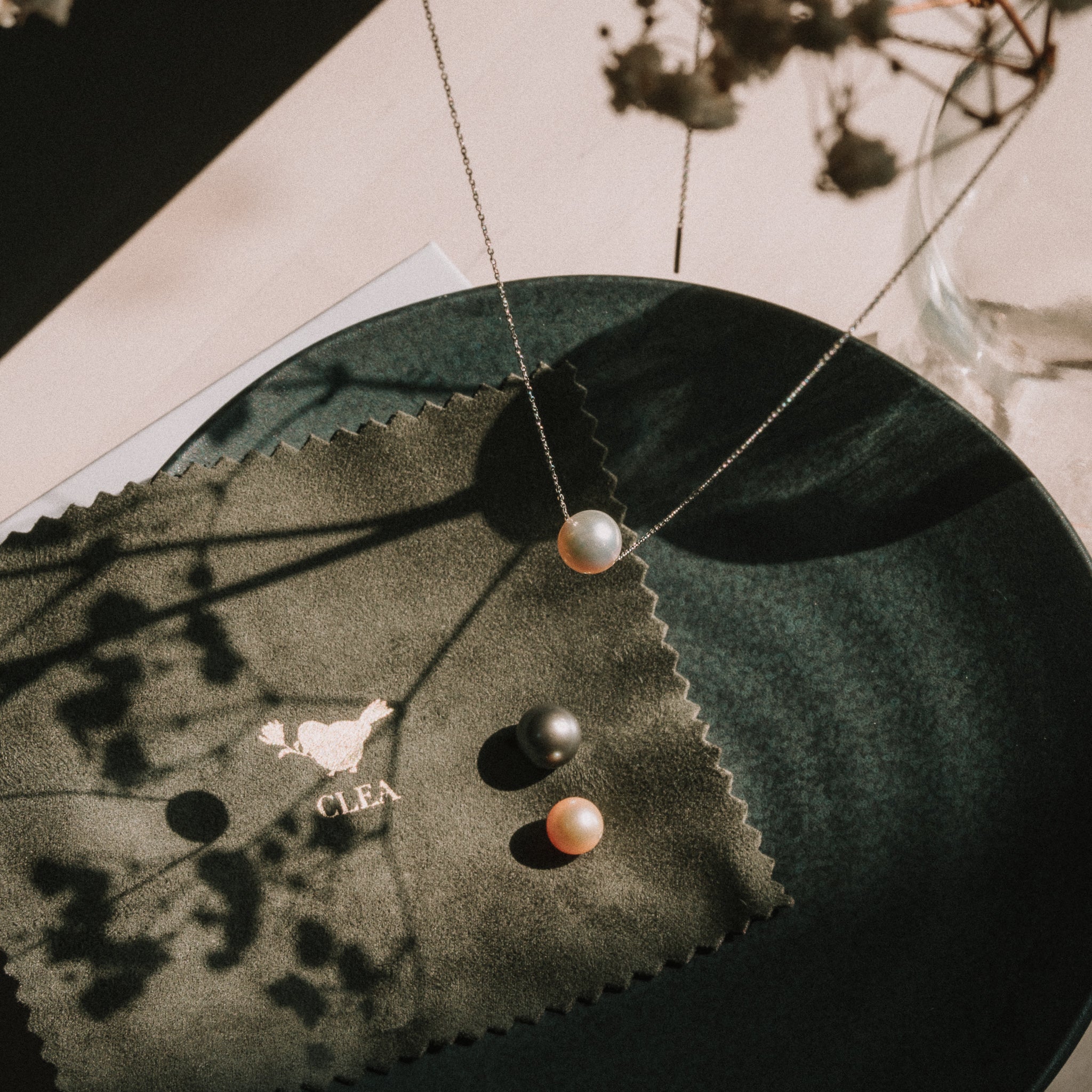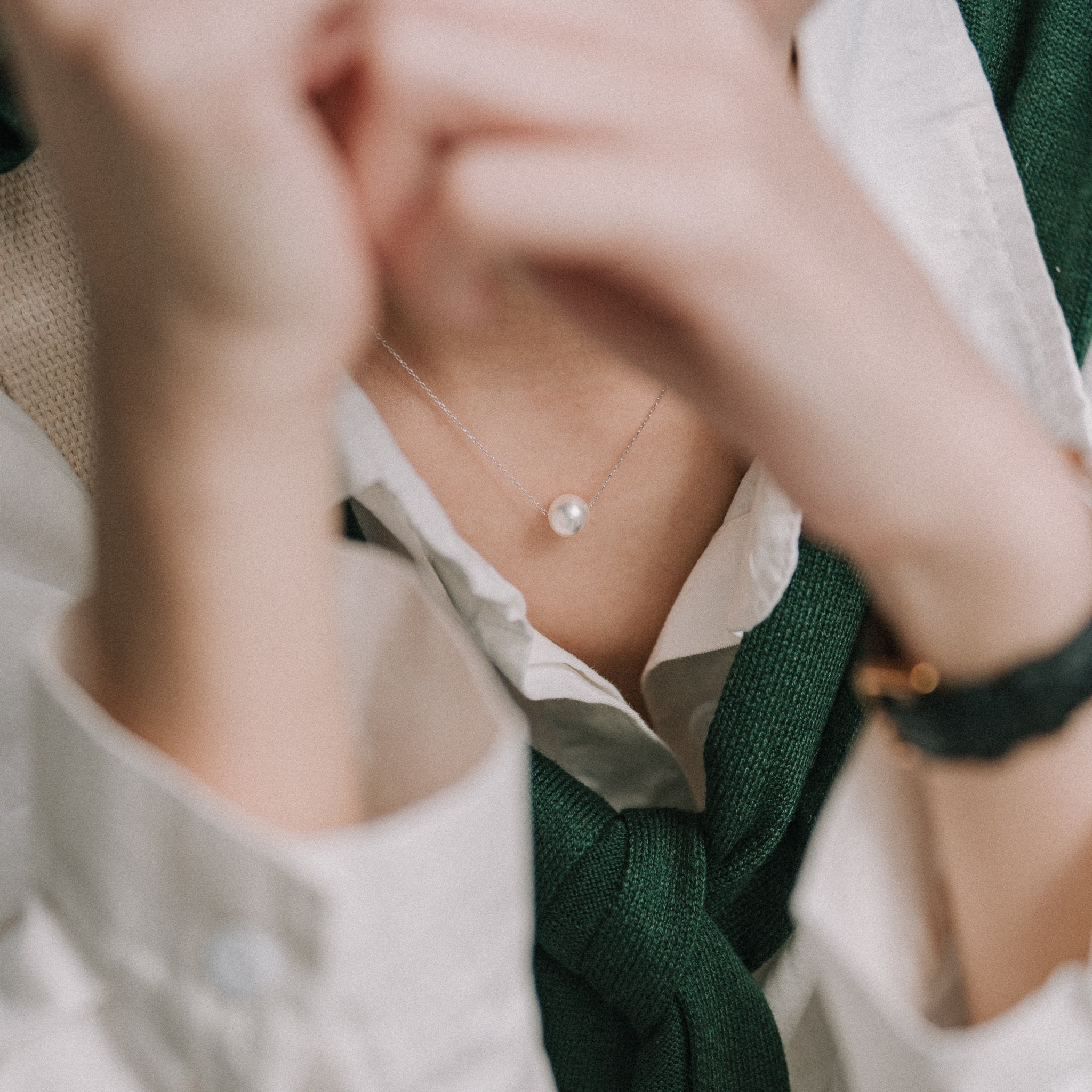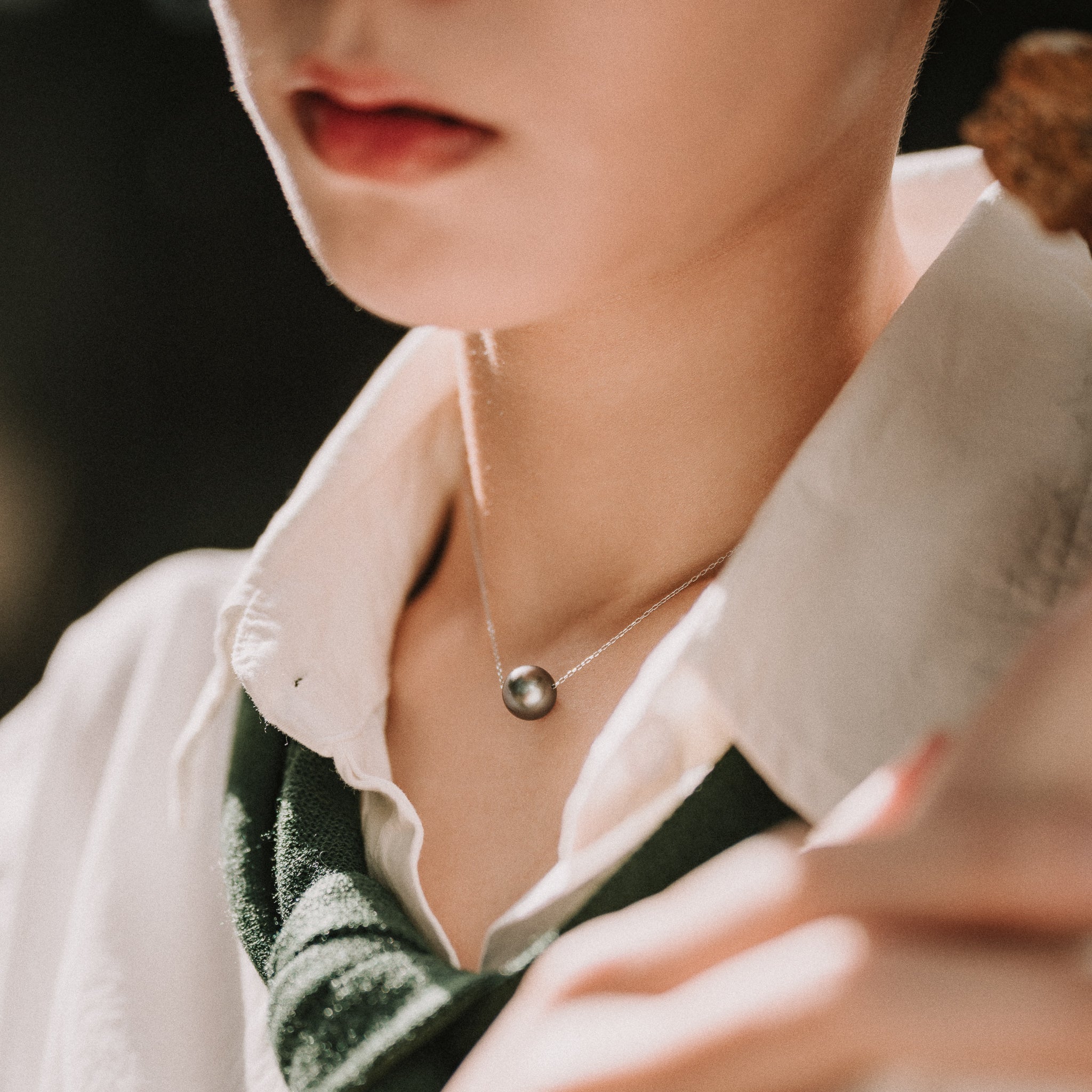The birth of a pearl is a miraculous natural process. The transformation from a tiny foreign object into a lustrous, round gem is both mysterious and fascinating.
The Birth of a Pearl
The creation of a pearl is a self-protective mechanism. When a foreign object enters an oyster, the oyster secretes layers of nacre to encapsulate the irritant. Over time, the foreign object becomes completely encased in these layers of nacre, forming what we know as a pearl.
This process can occur in both wild oysters and cultured oysters. Natural pearls are found by chance, while cultured pearls are created when humans intentionally introduce a foreign object (such as a small bead nucleus or a piece of tissue) into an oyster to induce pearl formation. As a result, most pearls found on the market today are cultured.
Pearl Culturing
The process of culturing pearls begins with a skilled technician implanting a small bead nucleus or foreign object into an oyster or mollusk. This process is called "grafting." After the implant, the oyster naturally secretes nacre to coat the foreign object, eventually forming a pearl. Cultured pearls can be produced in both saltwater and freshwater environments, with common types including South Sea pearls, Tahitian pearls, and freshwater pearls.
The quality and growth rate of a pearl are influenced by factors such as water quality, temperature, and the health of the oyster. Typically, it takes 2 to 5 years for a pearl to mature. During this time, the pearl's shape, luster, and color gradually develop.
Pearl Structure
The core structure of a pearl is nacre, a natural substance composed of calcium carbonate and a small amount of organic matter. Layers of nacre build up, giving the pearl its soft luster and deep "layered" appearance. The luster of a pearl is created by the reflection and refraction of light through these layers of nacre.
The appearance of a pearl is influenced by its luster, surface smoothness, shape, and color. Luster and surface smoothness are the most critical factors in determining the value of a pearl.
The Difference Between Nucleated and Non-Nucleated Pearls
The main difference between nucleated and non-nucleated pearls lies in their formation process and internal structure:
- Nucleated Pearls: In the culturing process, a bead nucleus is implanted. This nucleus is usually a small, round ball made of shell material. The oyster then secretes nacre around this nucleus, forming layers that eventually create the pearl. Because the core of a nucleated pearl is man-made, the shape is usually more rounded. This is common in saltwater pearls such as South Sea pearls and Akoya pearls. The nacre layers of nucleated pearls are usually thinner, but due to the presence of the nucleus, the pearl can form quickly and have a more regular appearance.
- Non-Nucleated Pearls: Non-nucleated pearls, primarily freshwater pearls, do not have an implanted nucleus. Instead, they are formed entirely from the oyster's own secretion of nacre. Without a fixed nucleus, non-nucleated pearls have a variety of shapes, ranging from nearly round to baroque. Non-nucleated pearls are usually thicker and have a more layered luster because the entire pearl is composed of nacre.
In conclusion, pearls, whether natural or cultured, are beloved for their unique beauty and symbolism. Understanding the birth process and the differences between nucleated and non-nucleated pearls can help us appreciate the natural wonders of these gems and make more informed choices when selecting them. Whether you prefer the classic roundness of a nucleated saltwater pearl or the unique shapes of a non-nucleated freshwater pearl, they all carry the mysteries of nature and the artistry of human craftsmanship.
Freshwater Pearl
The Gentle Beauty from Rivers and Lakes – Treasured for their variety of shapes and affordable prices, our carefully curated selection of high-quality freshwater pearls offers something for everyone.
From $3,980.00 - $4,788.00
$4,368.00
$1,880.00
$5,300.00
From $3,980.00 - $4,788.00
$3,980.00
$3,120.00
Akoya Pearl
An Elegant Gift from the Sea's Depths – Akoya pearls, famed for their unique brilliance and perfectly spherical shape, are affectionately known as "little light bulbs."
$4,320.00
2 Color(s) Available
From $9,000.00 - $16,800.00
$4,280.00
$4,500.00
$11,520.00
2 Color(s) Available
From $3,120.00 - $9,360.00
2 Color(s) Available
From $12,000.00 - $15,000.00
South Sea Pearl
Introducing the Majestic South Sea Pearl – Cultivated in the pristine waters of the South Pacific, South Sea pearls are celebrated for their impressive size, perfectly round shape, and captivating luster, earning them the prestigious title "Queen of Pearls."
$19,600.00
$19,200.00
From $33,480.00 - $48,000.00
From $14,760.00 - $30,720.00

